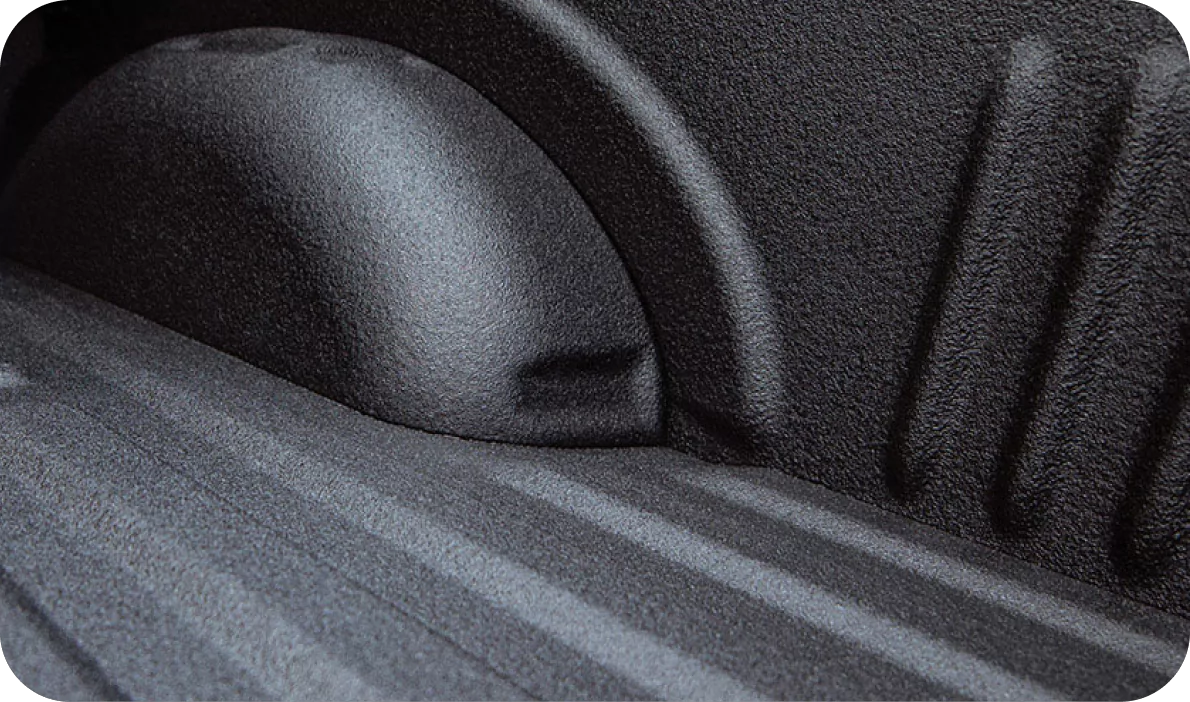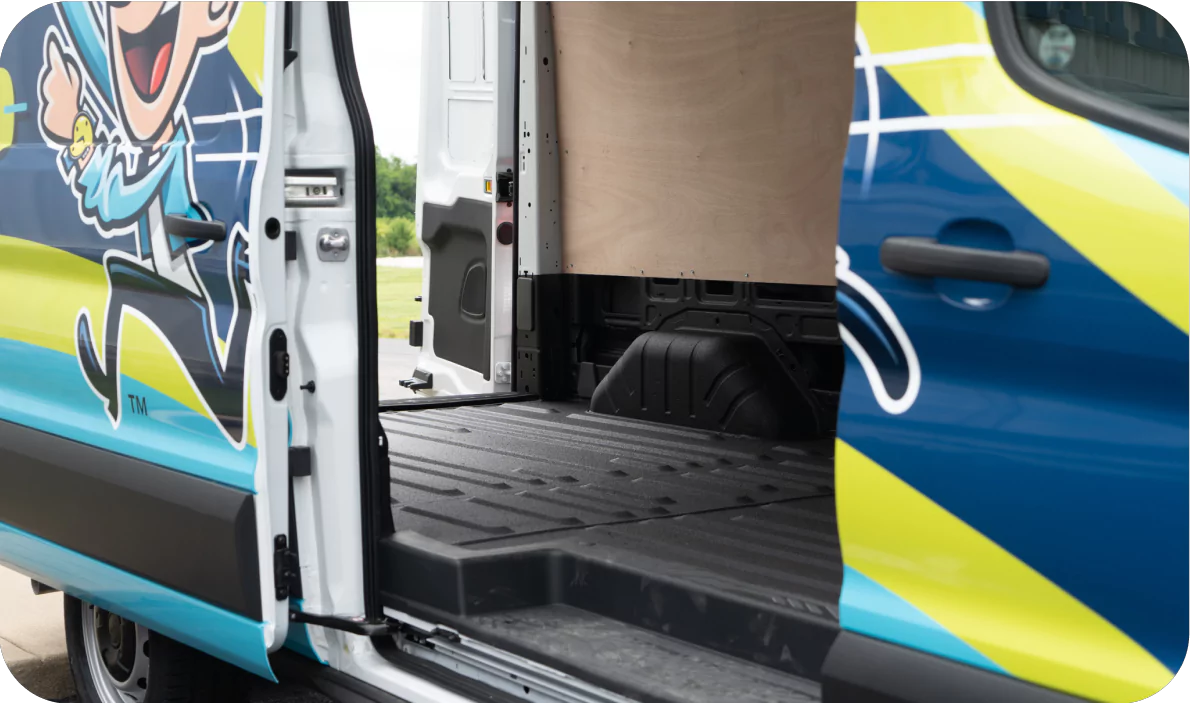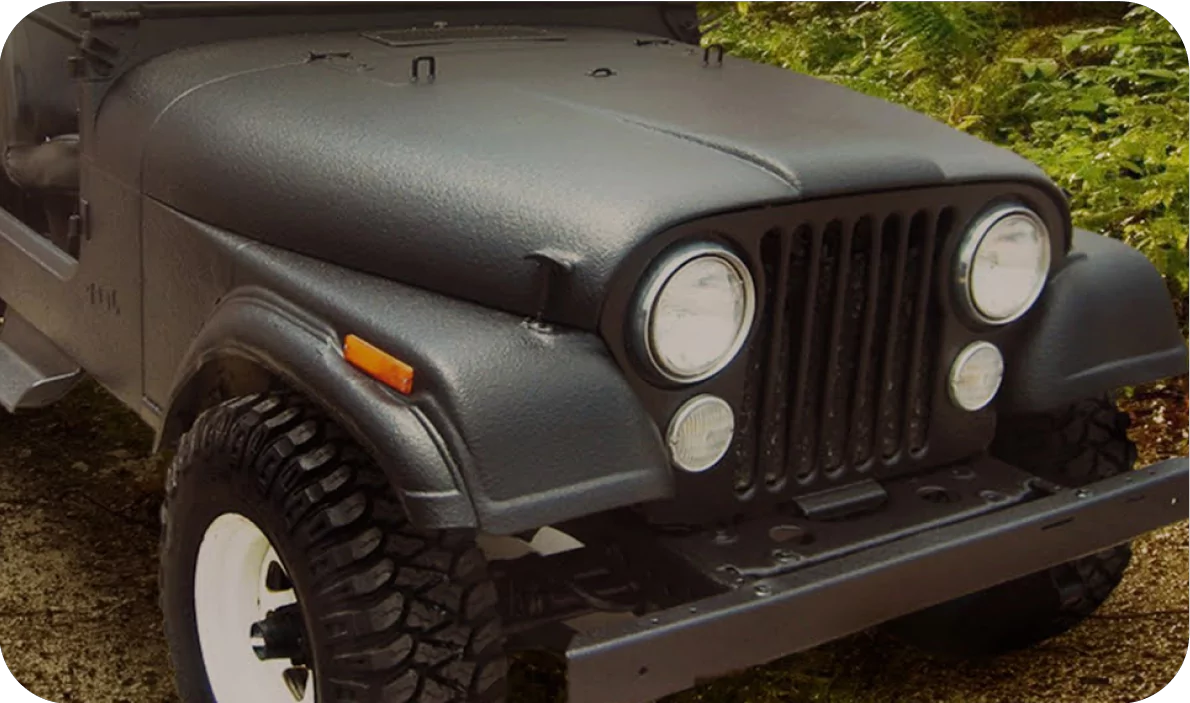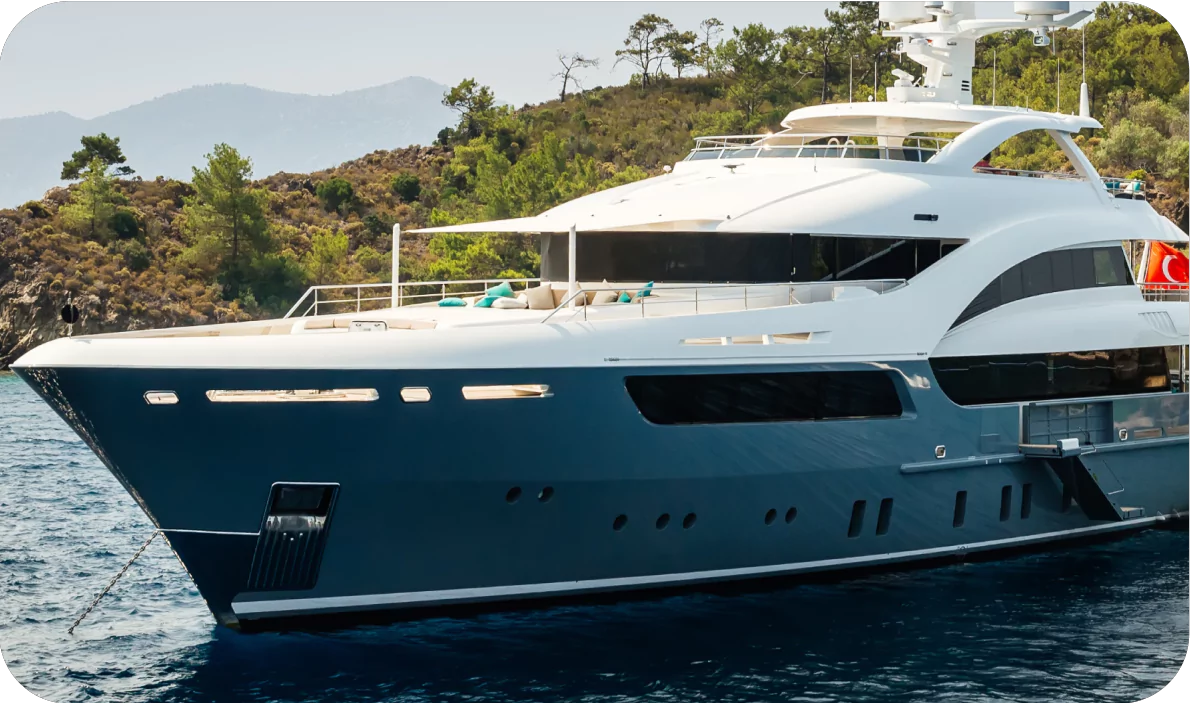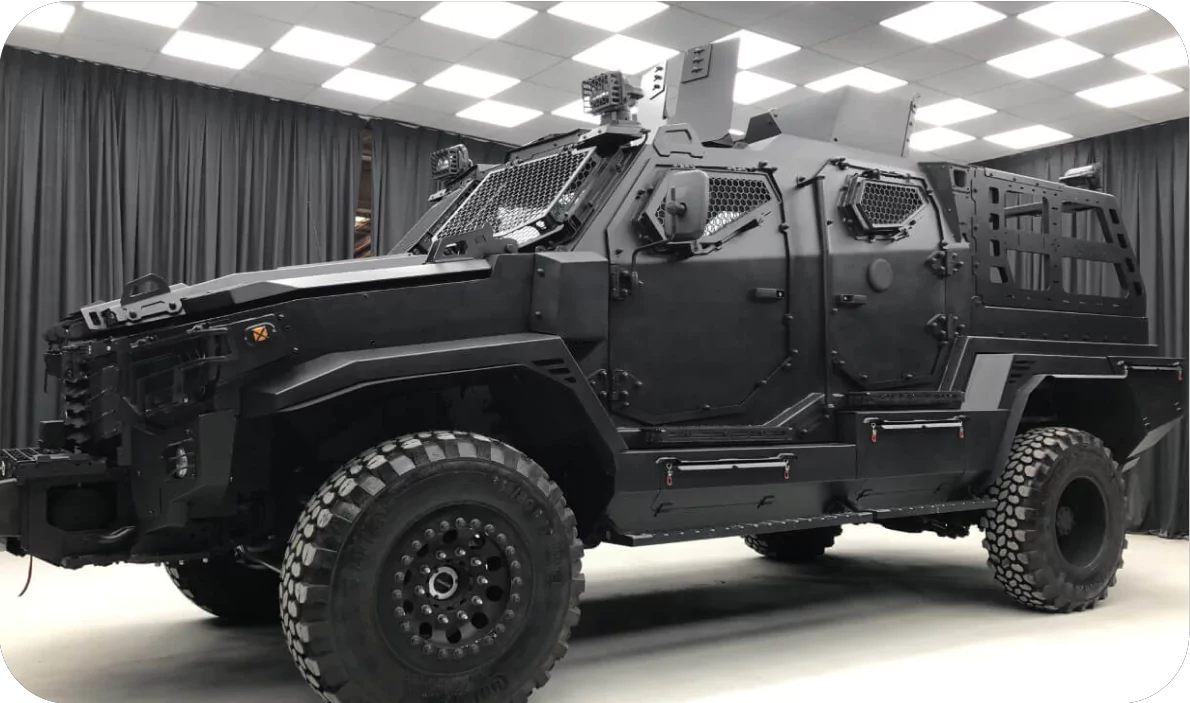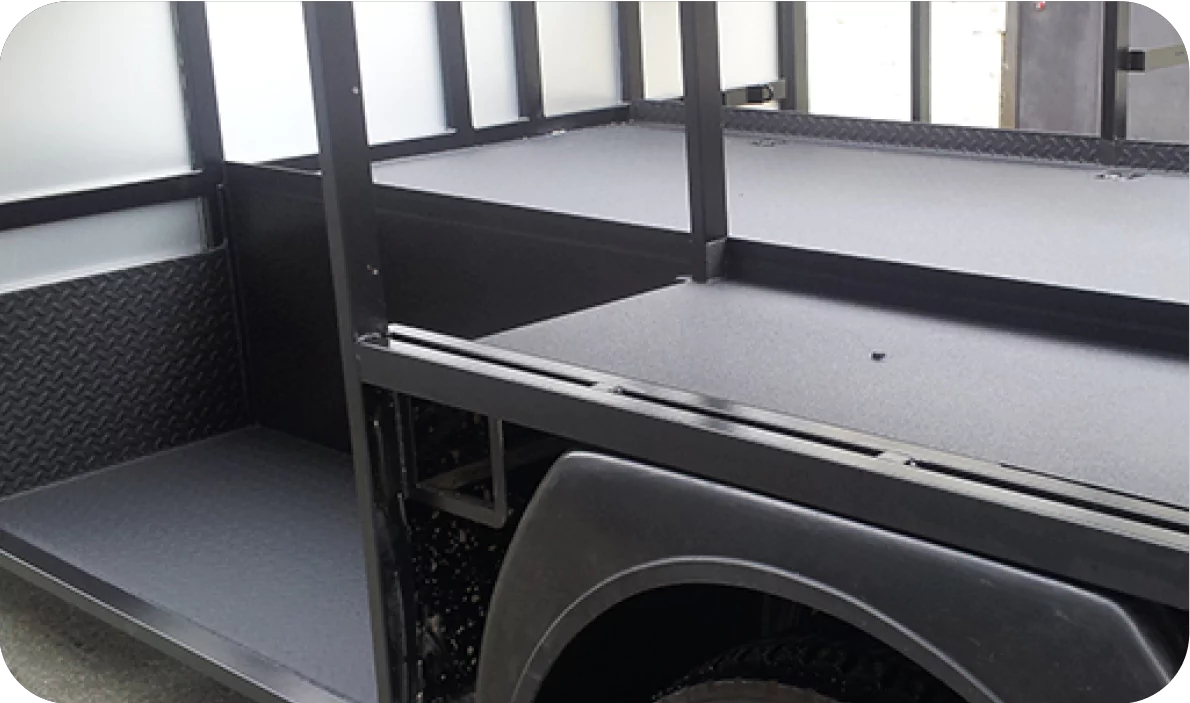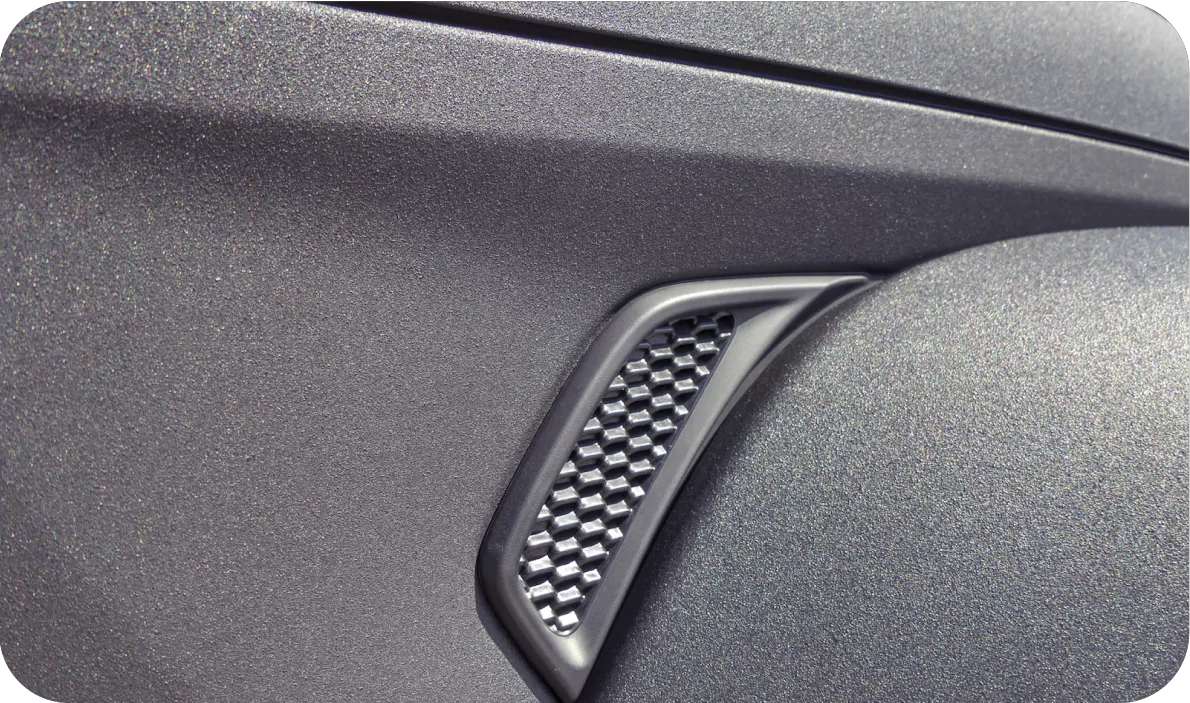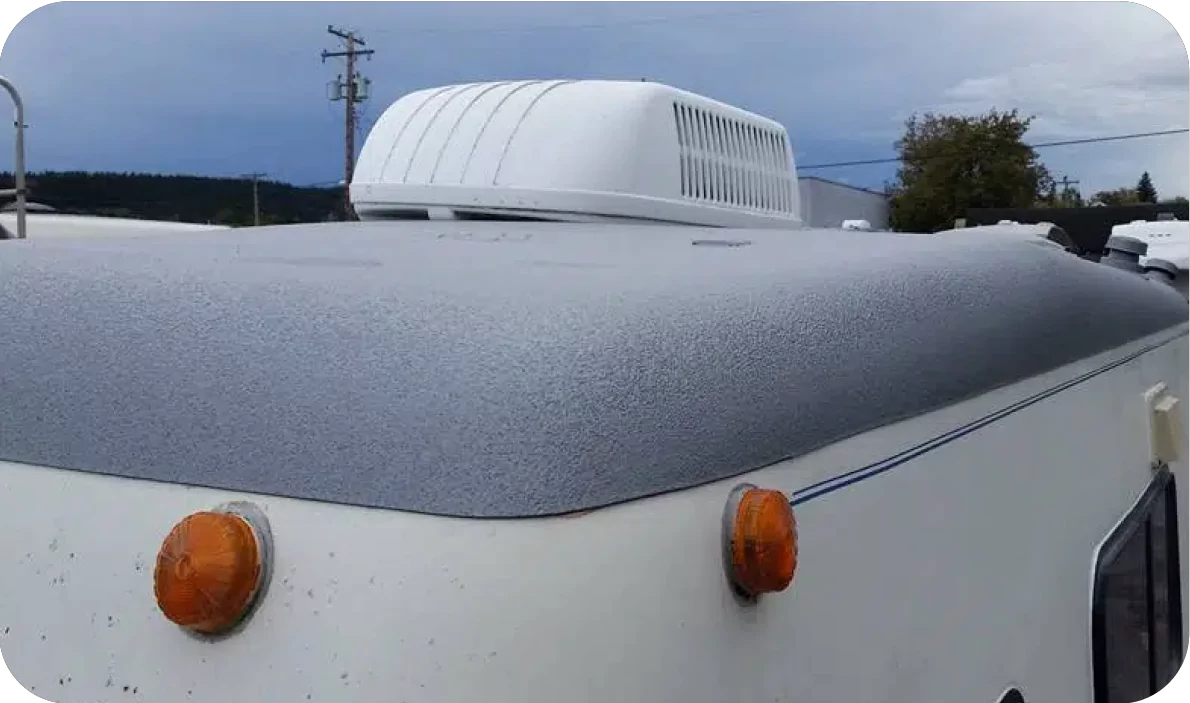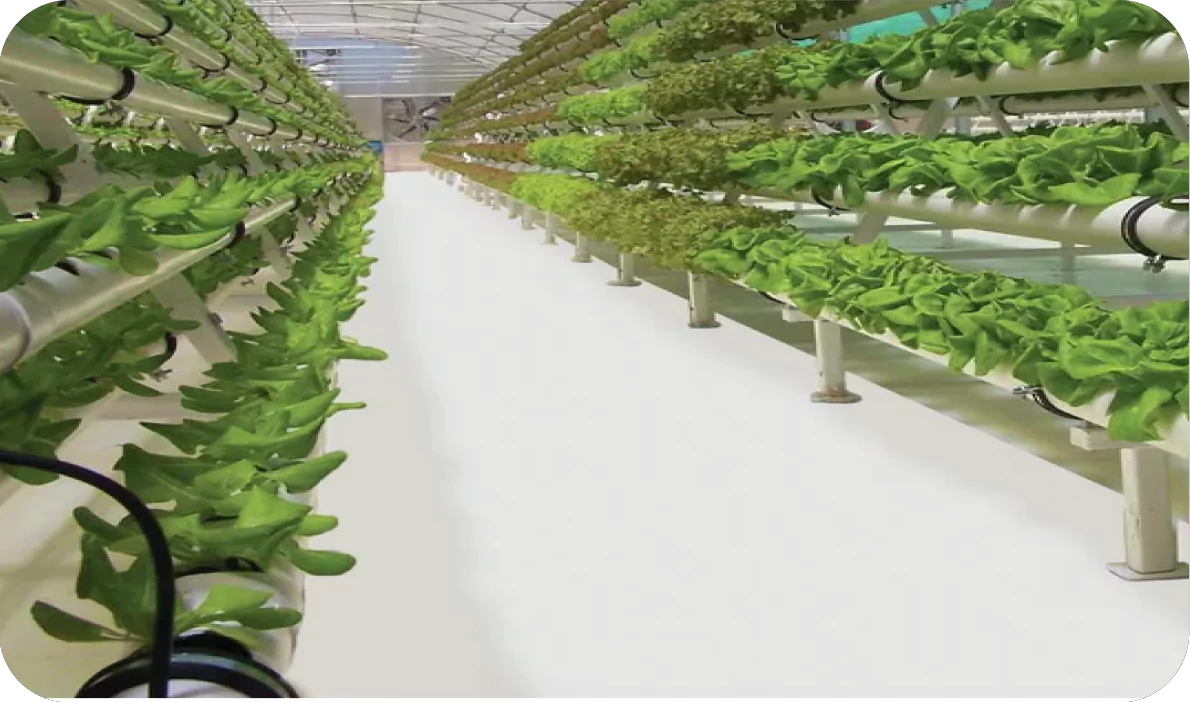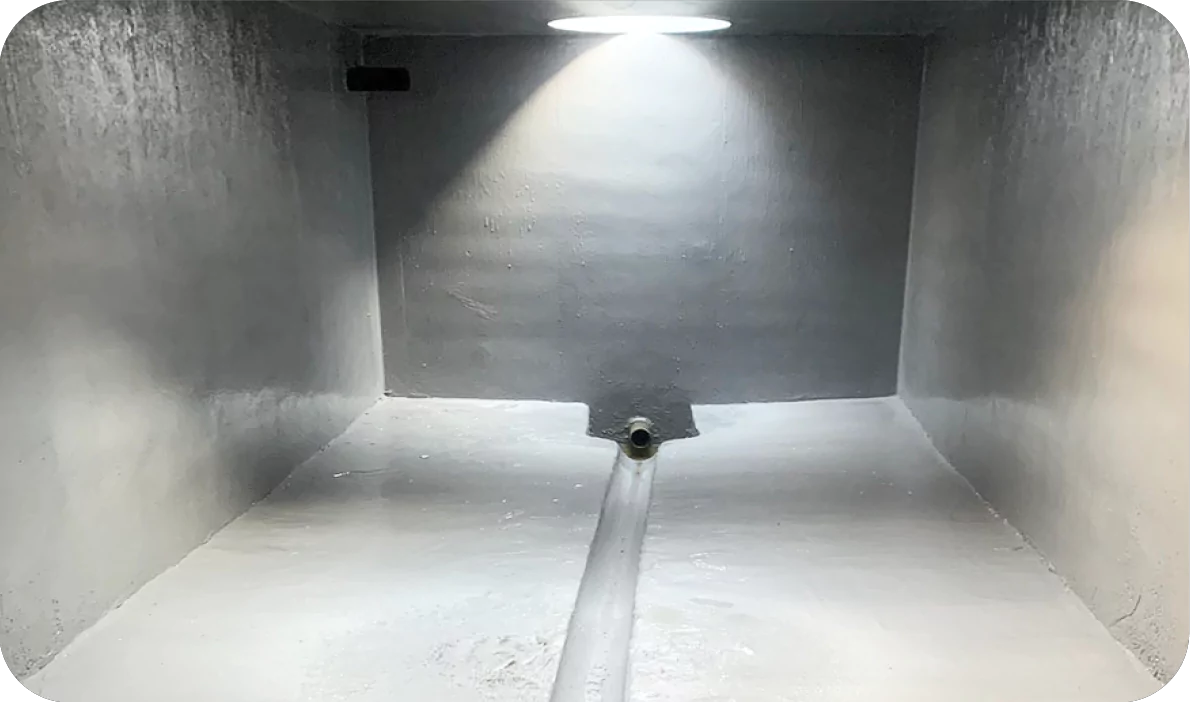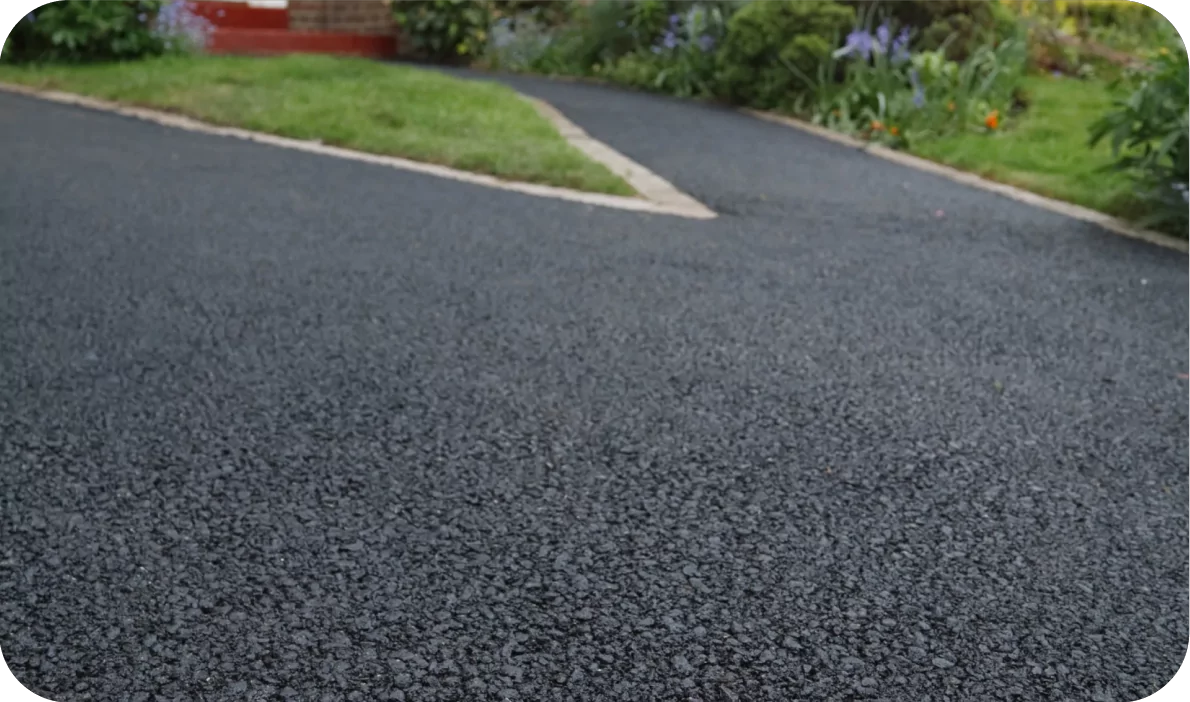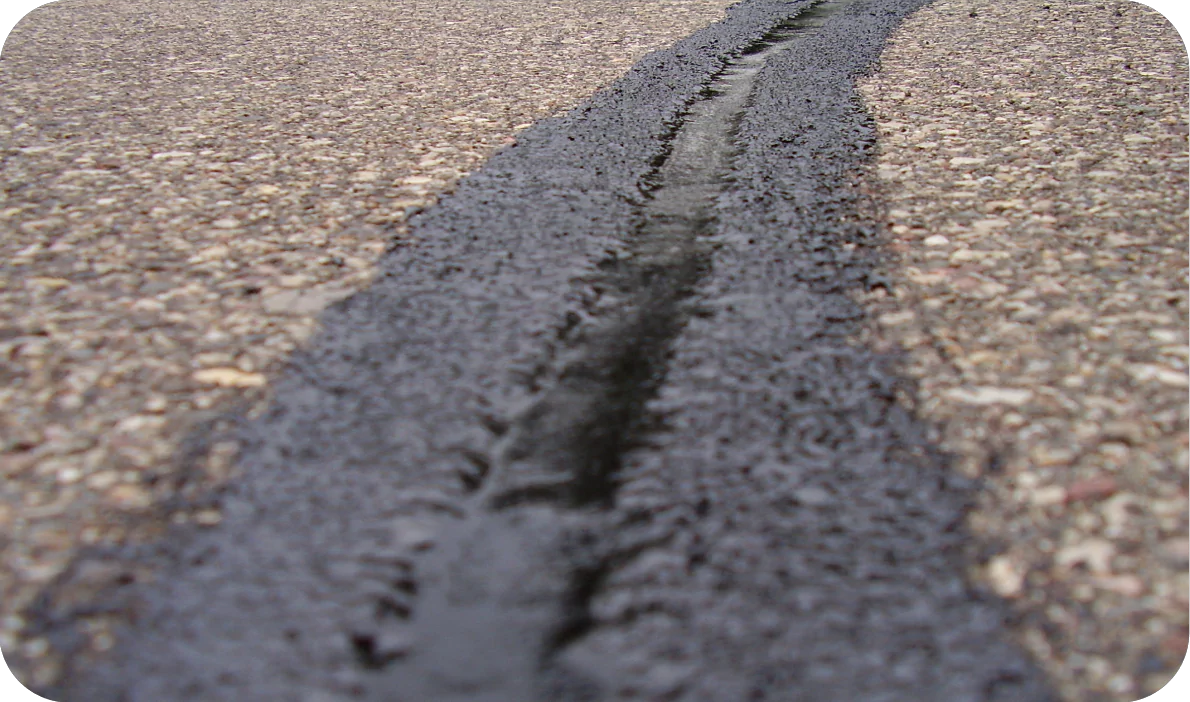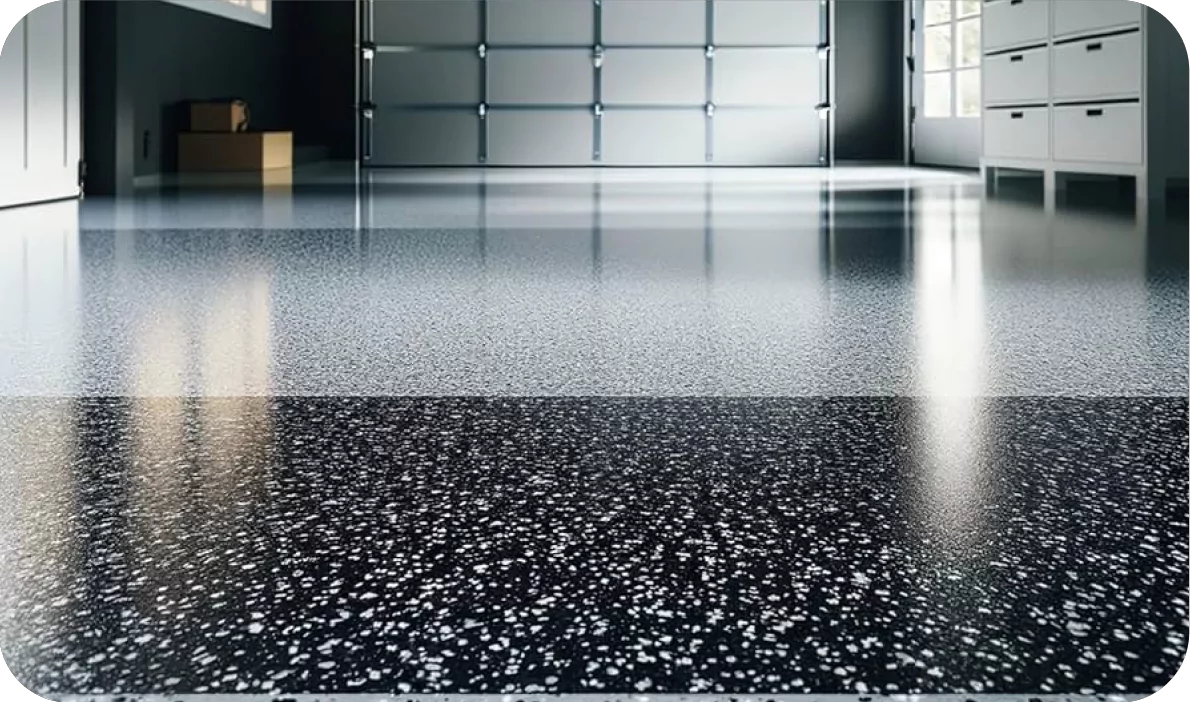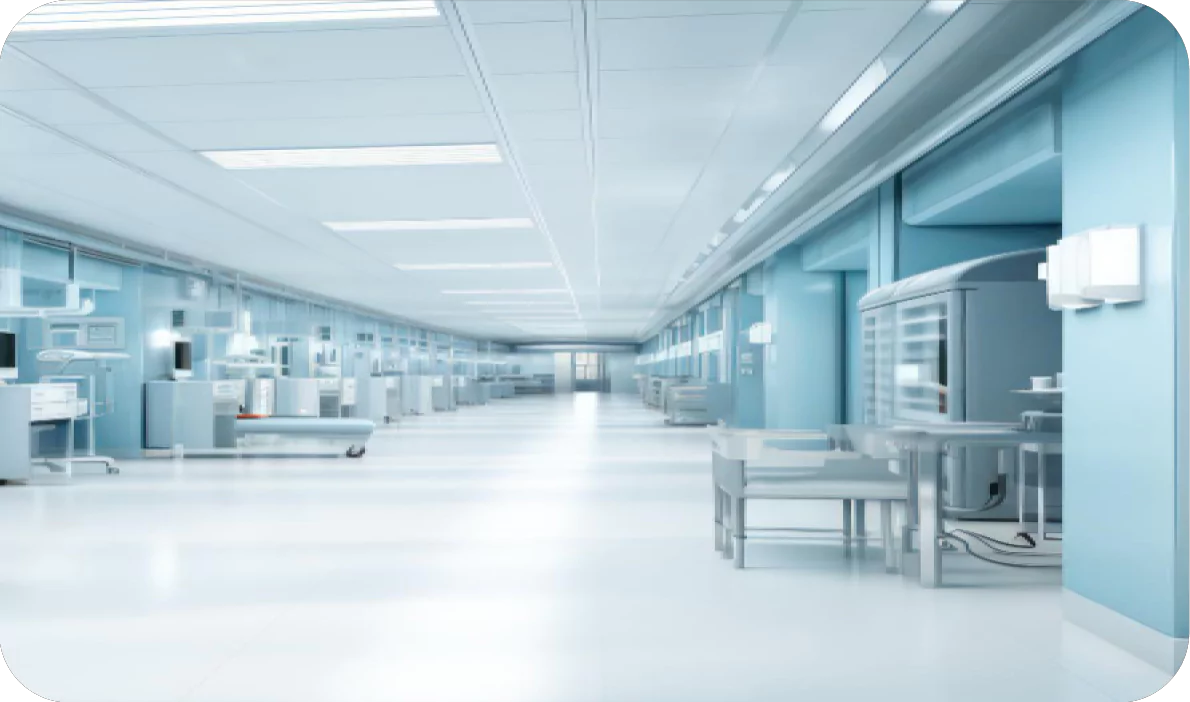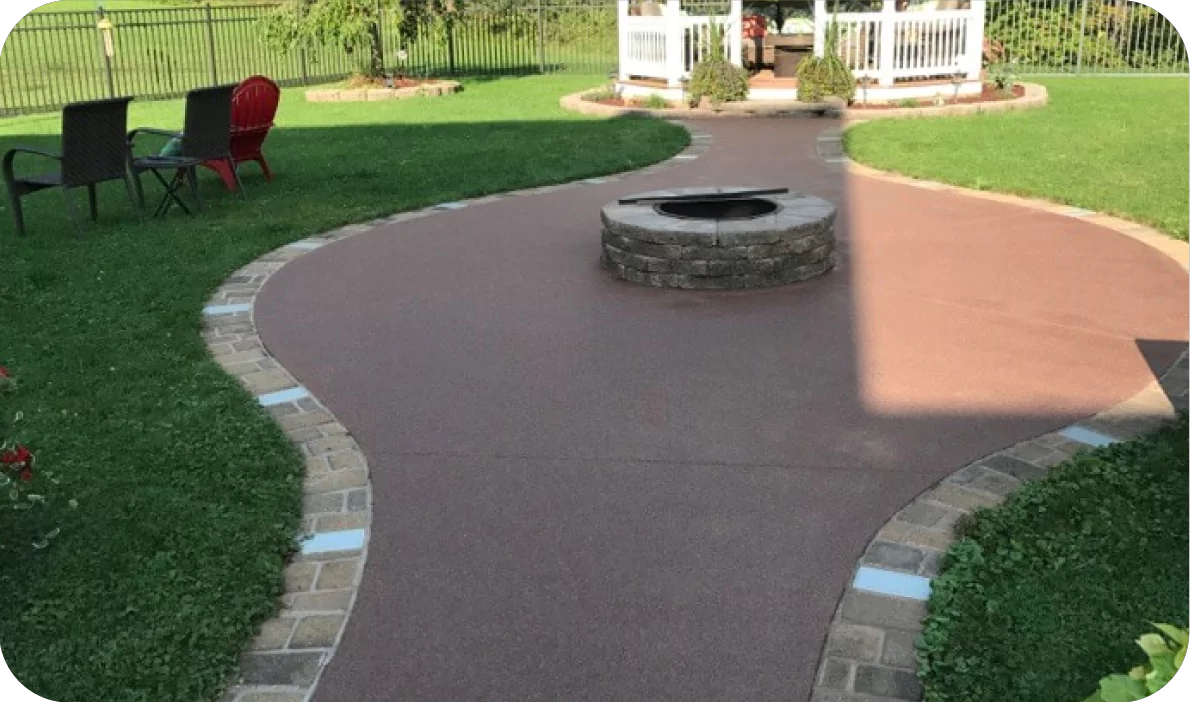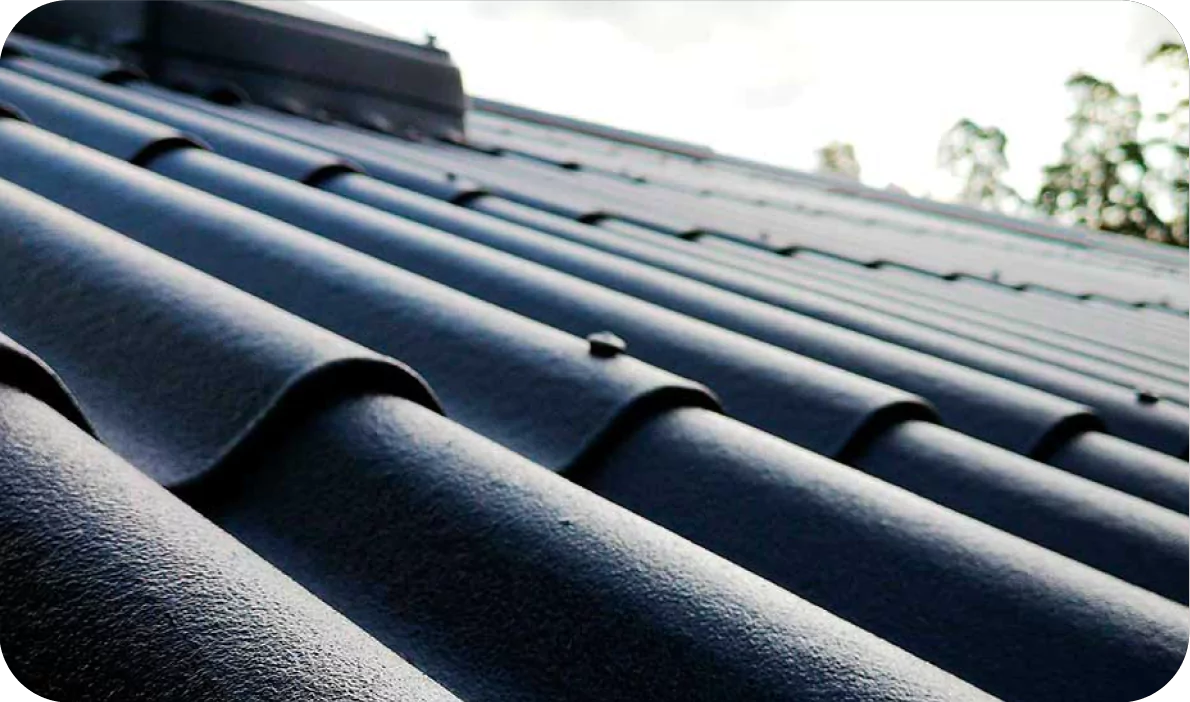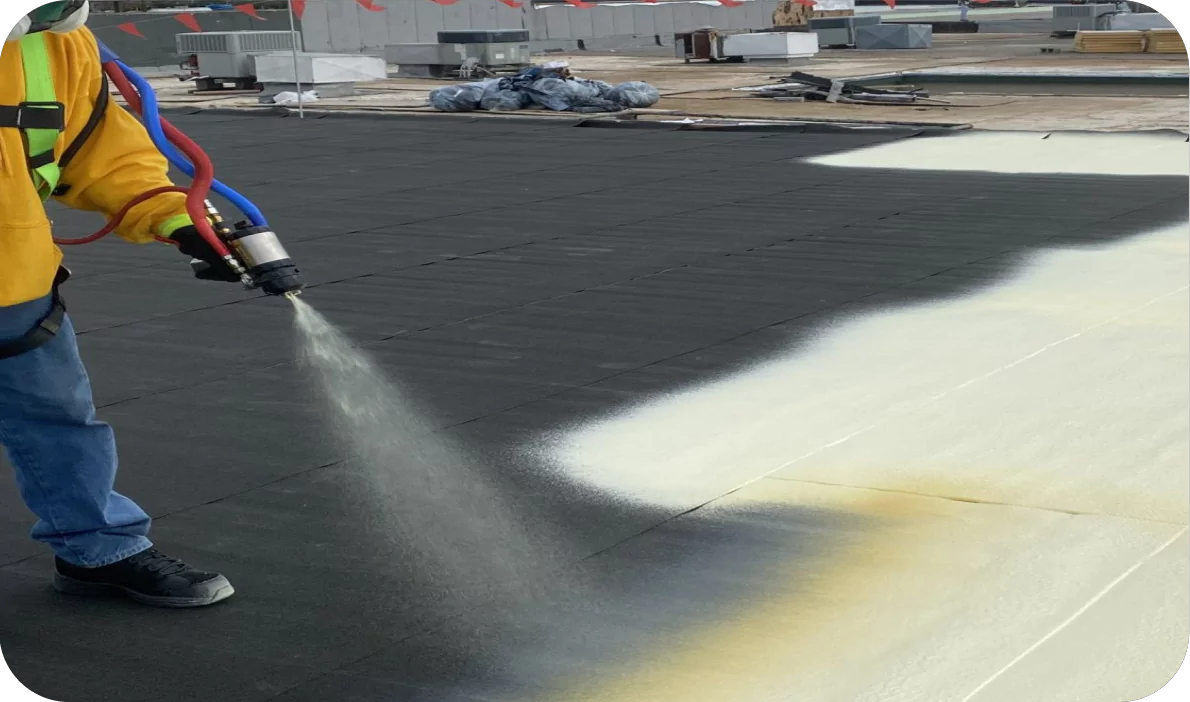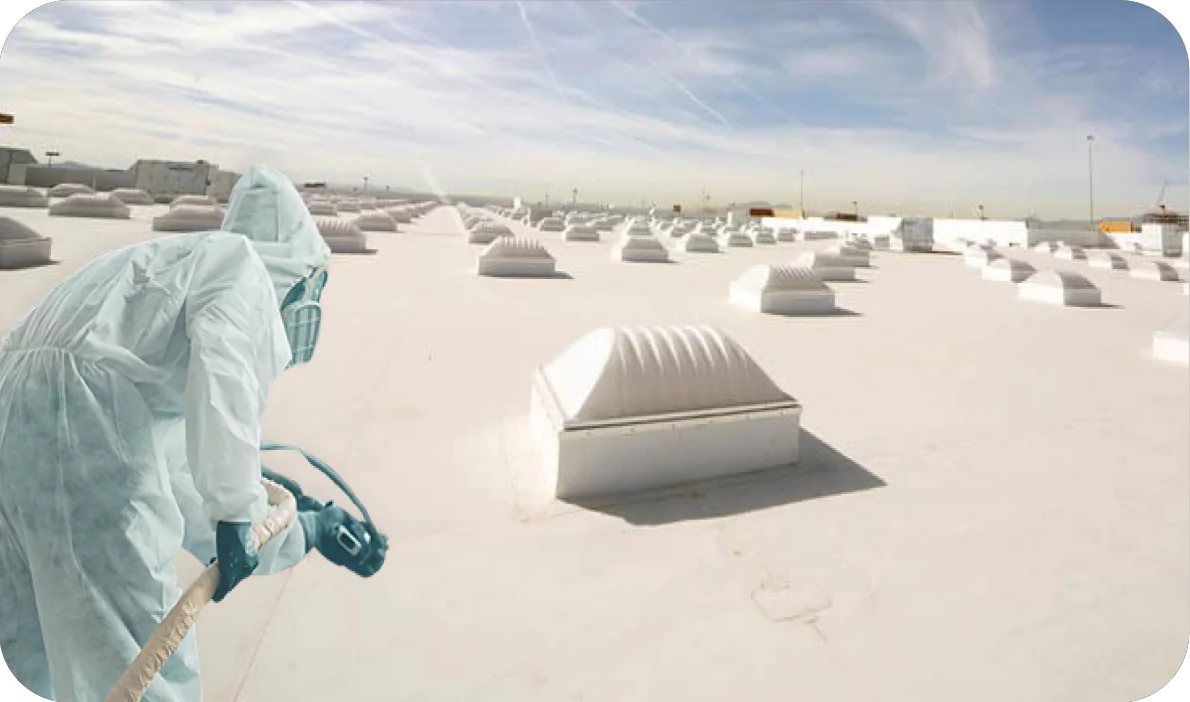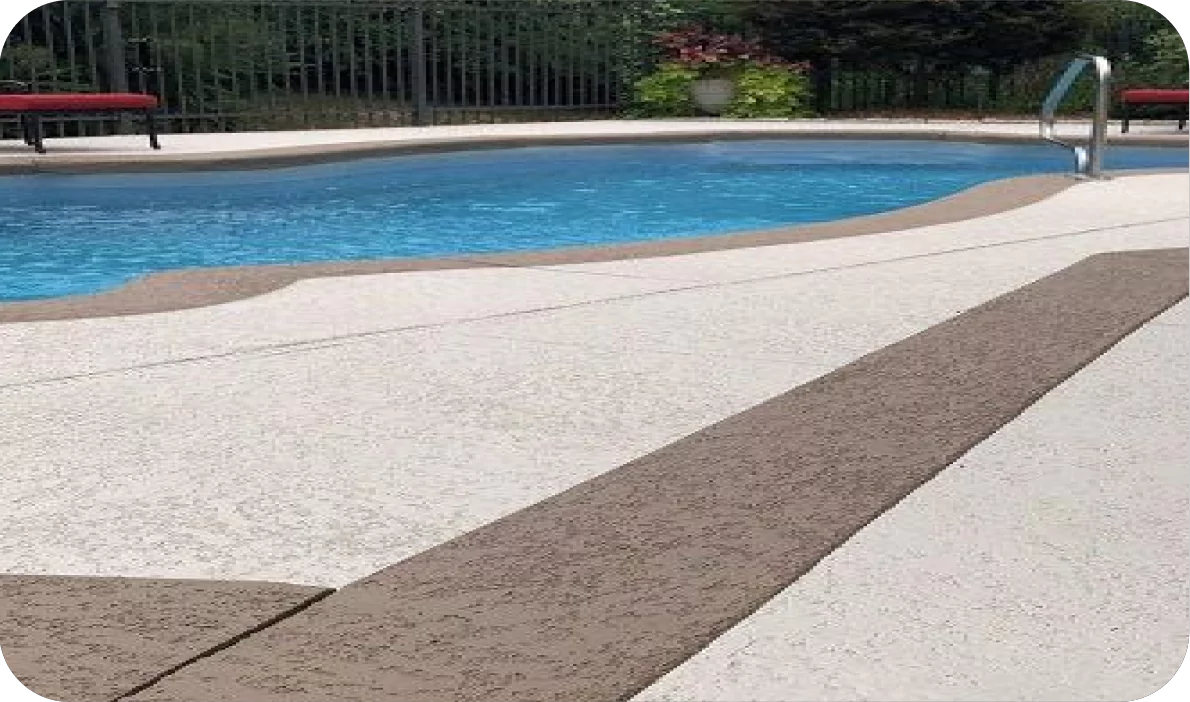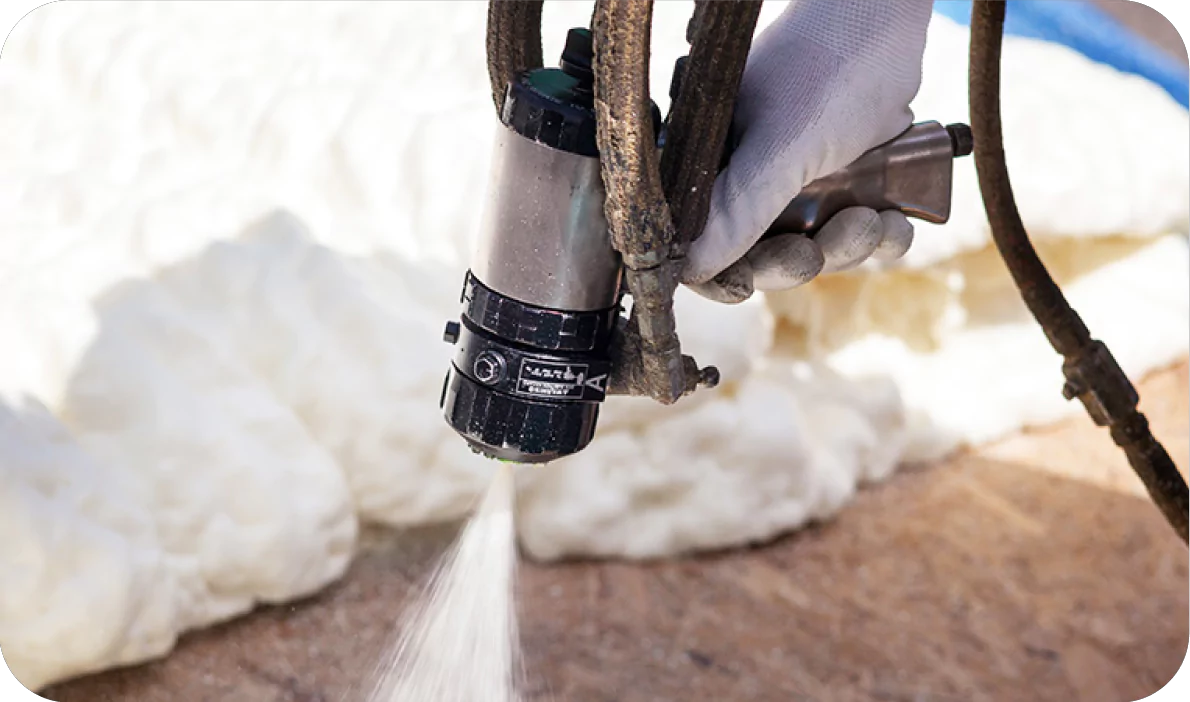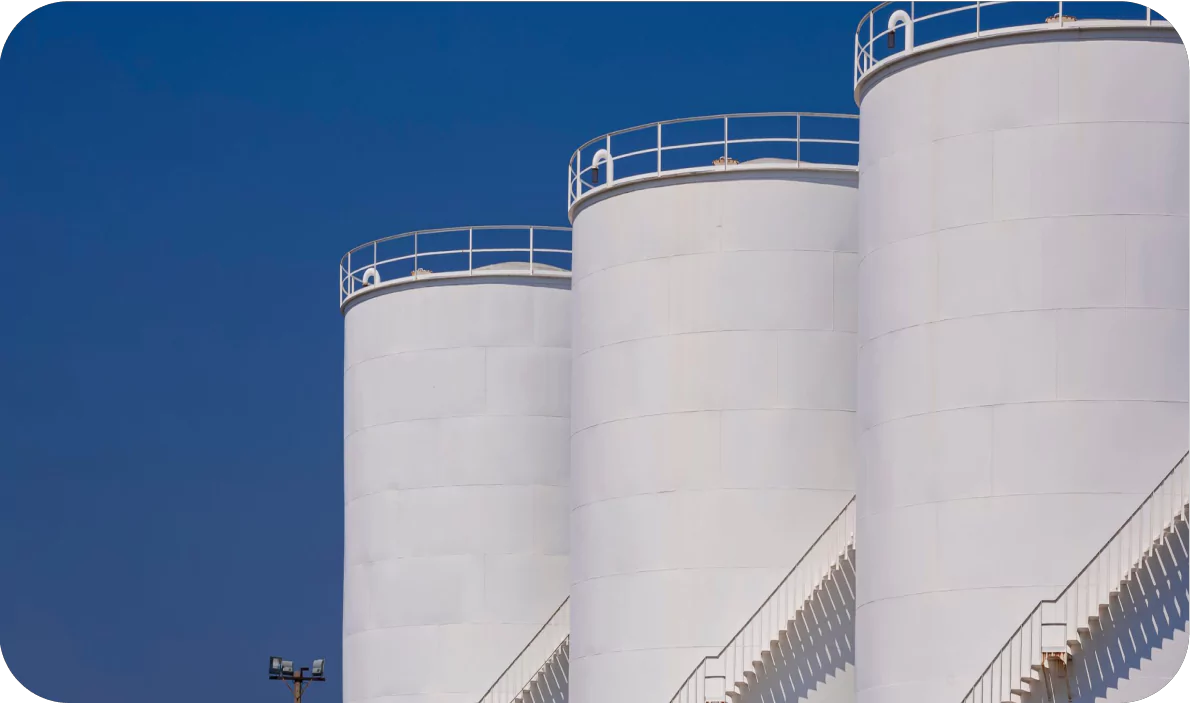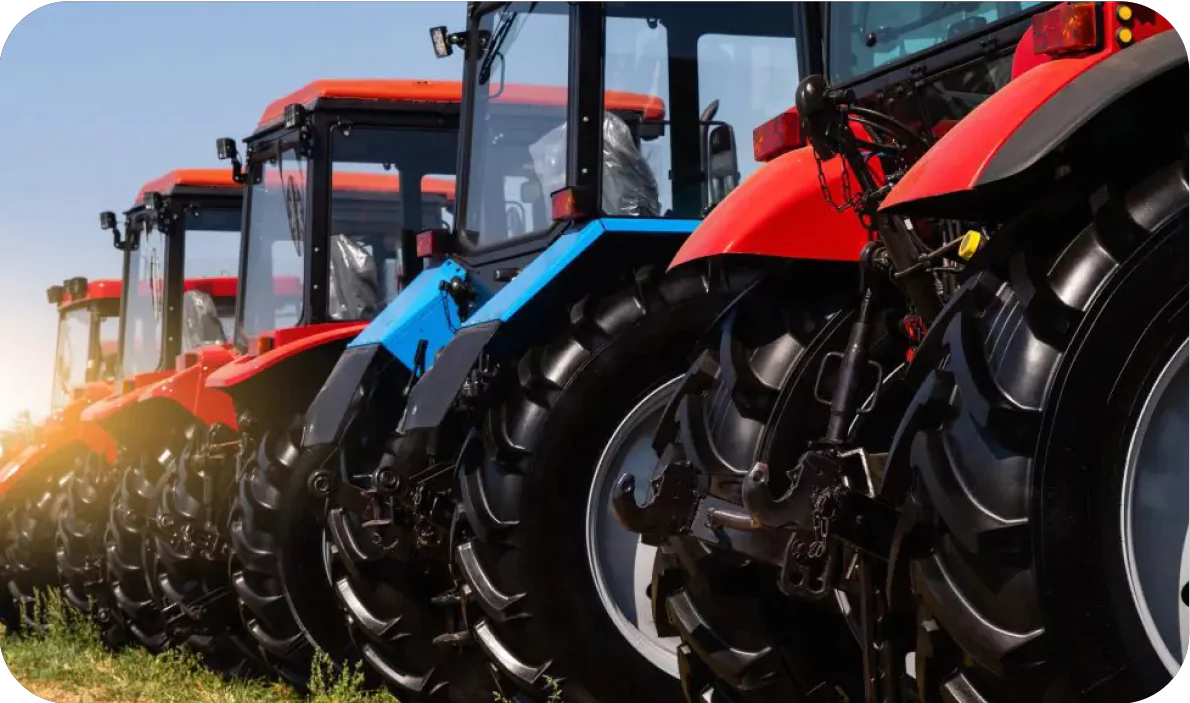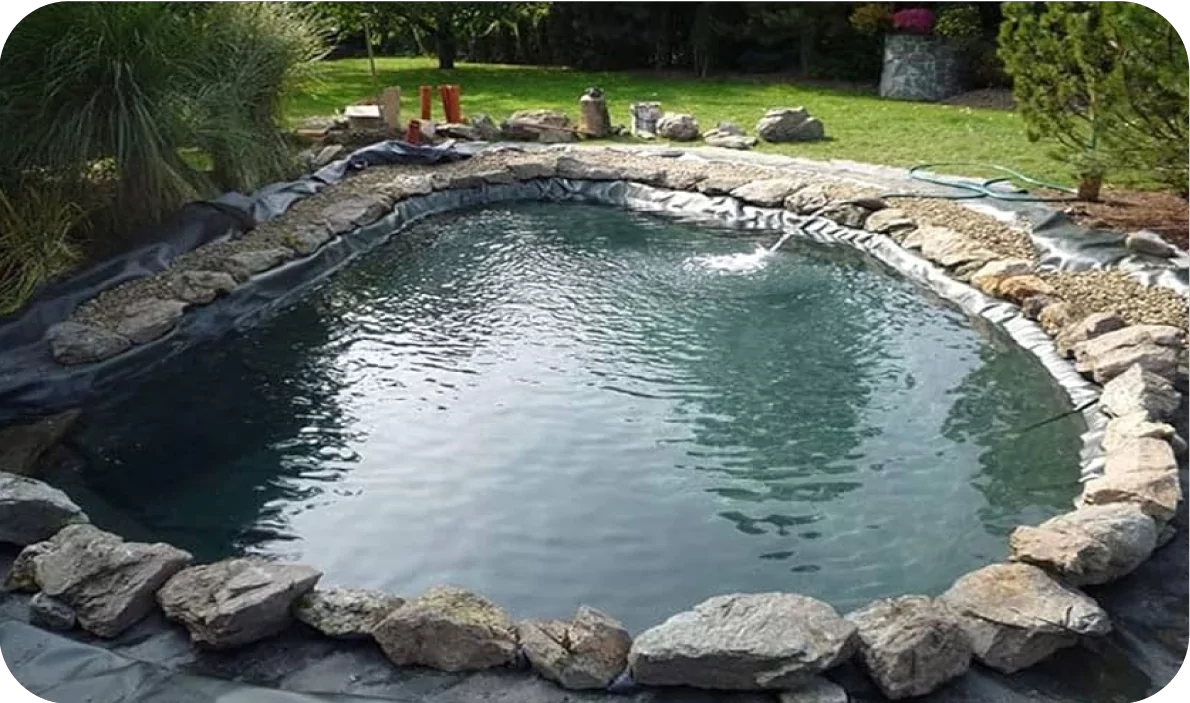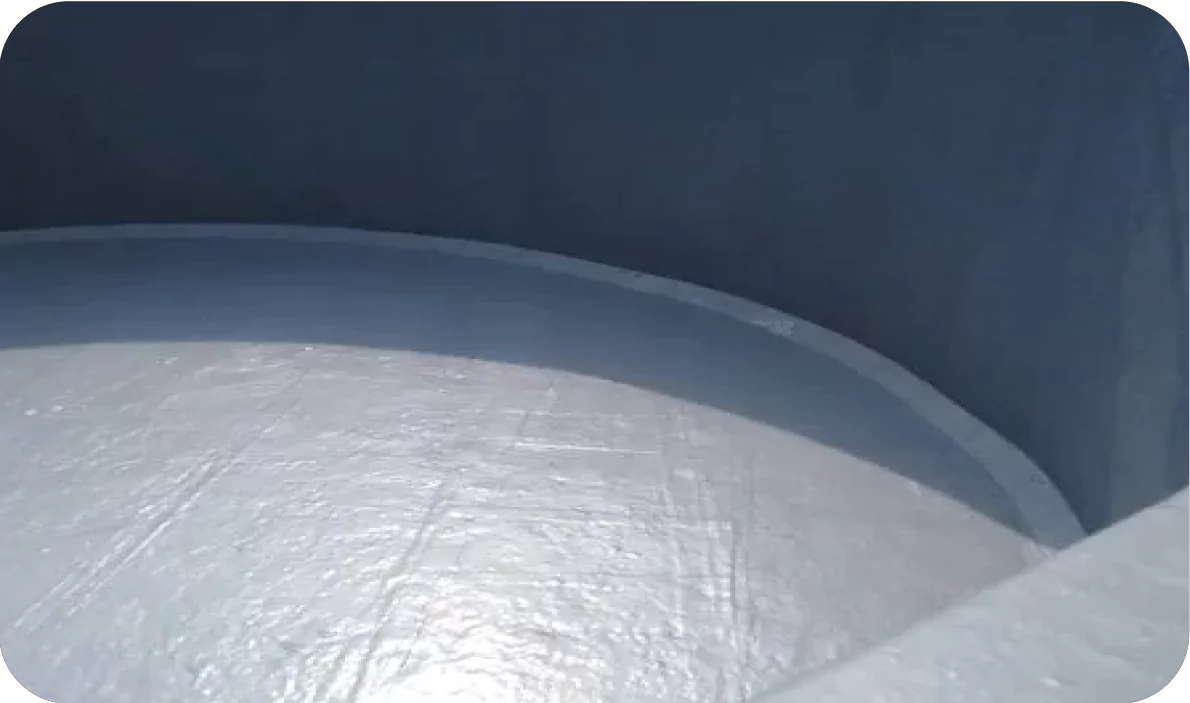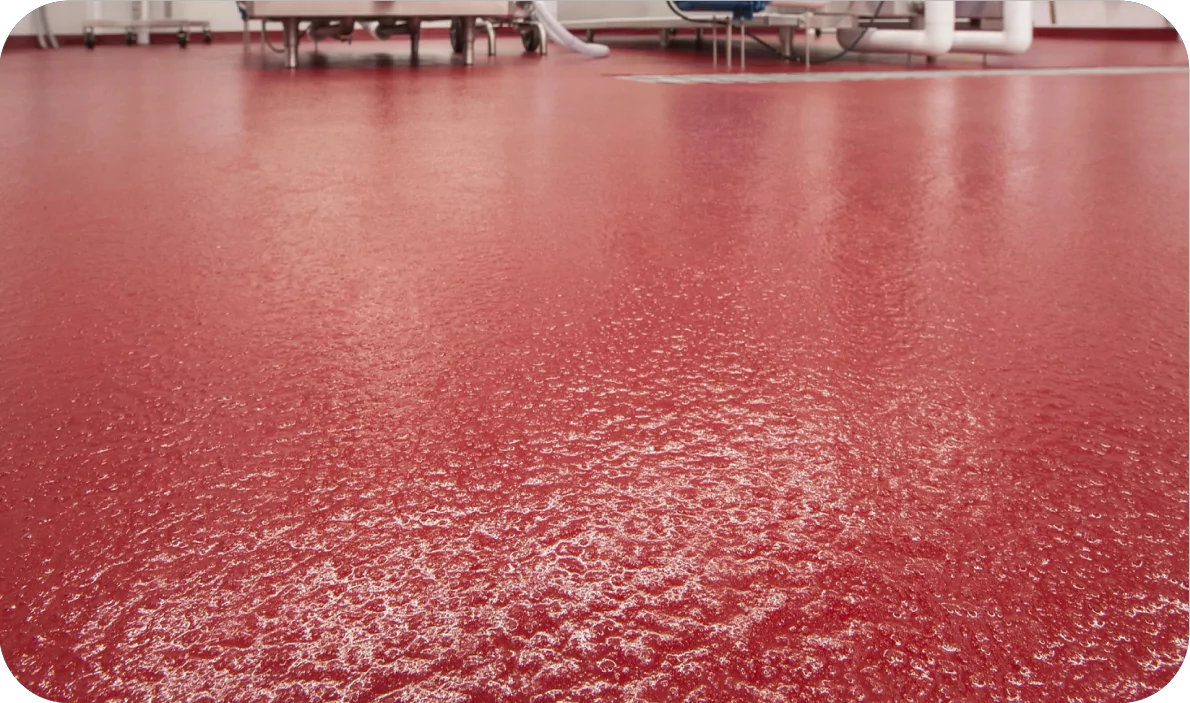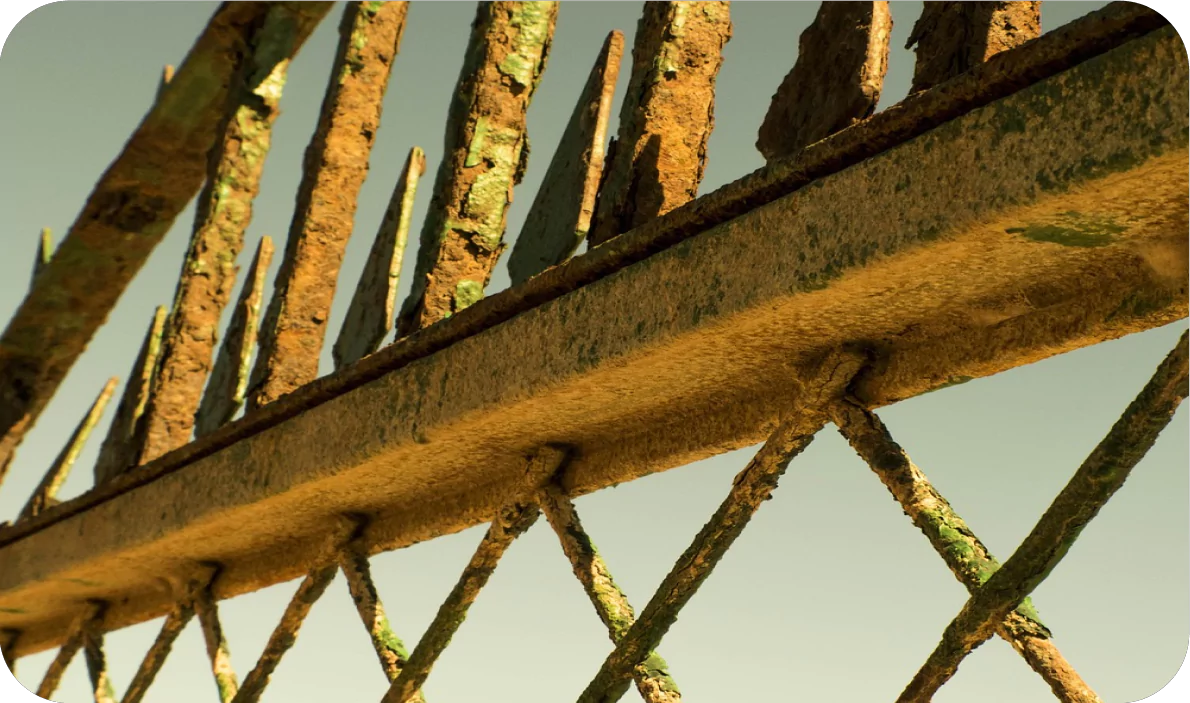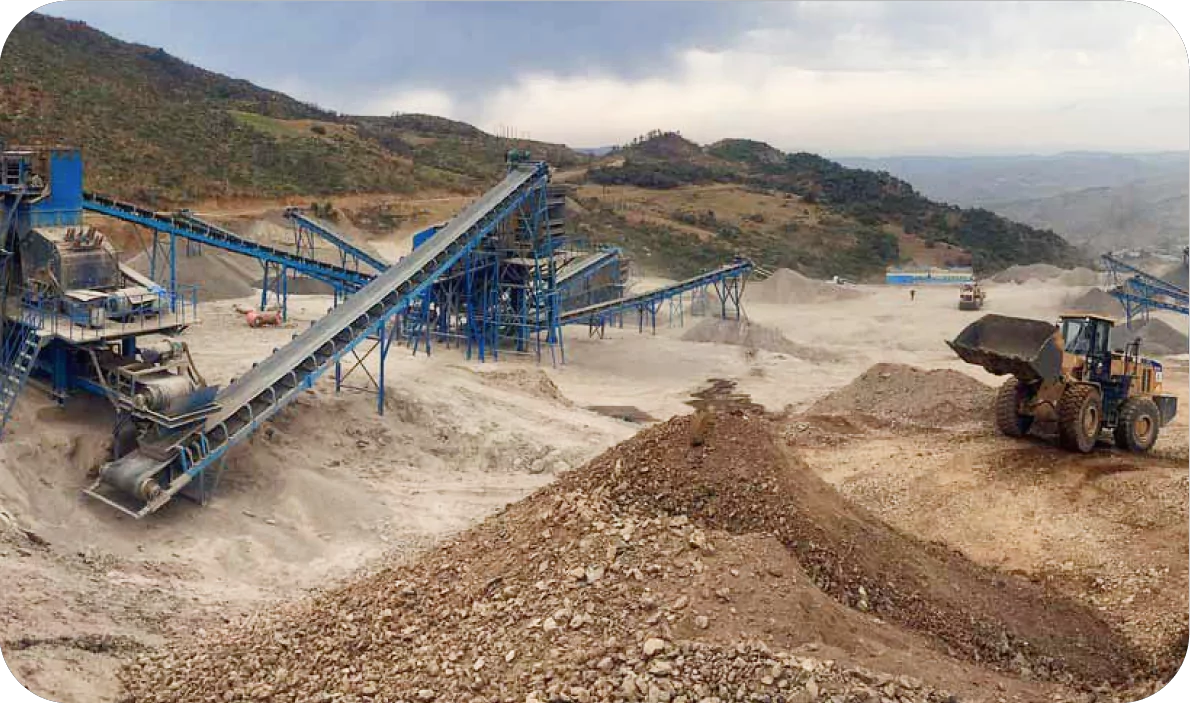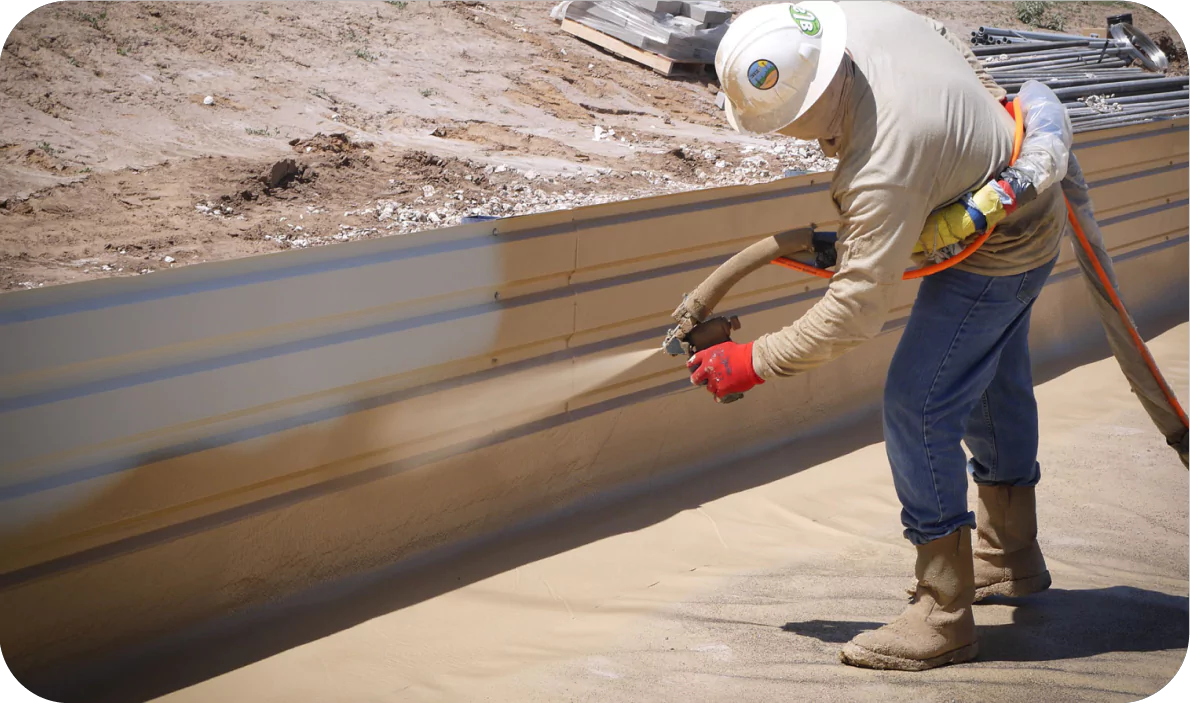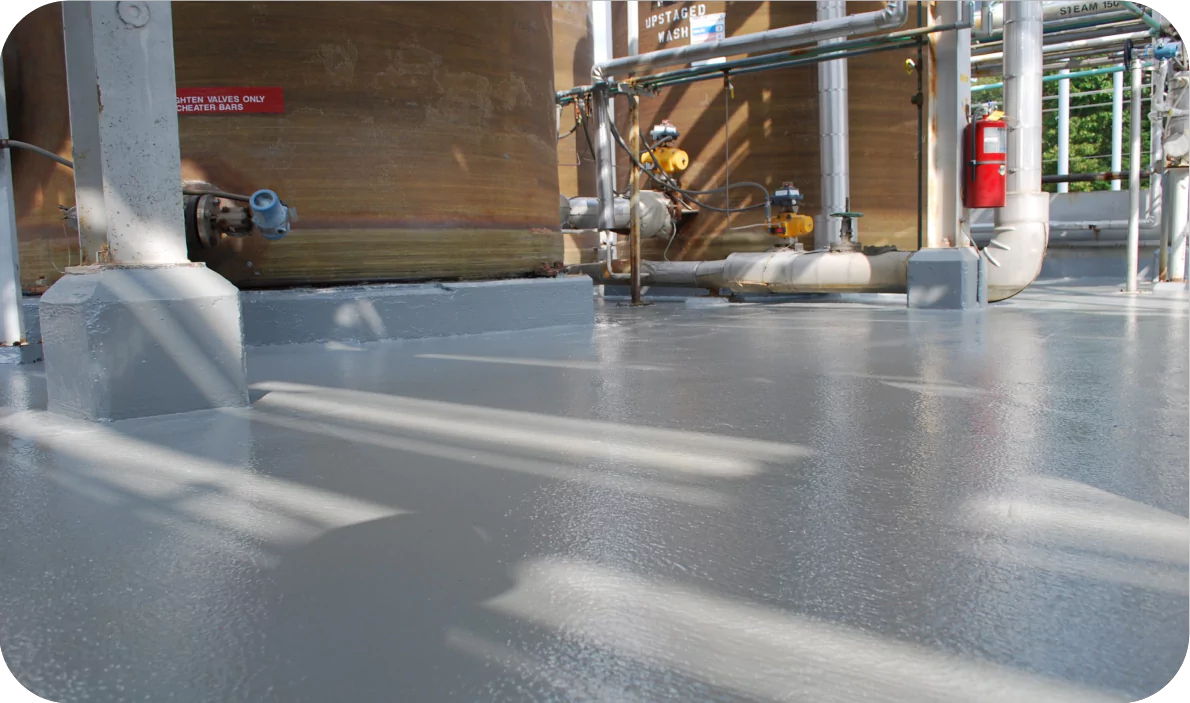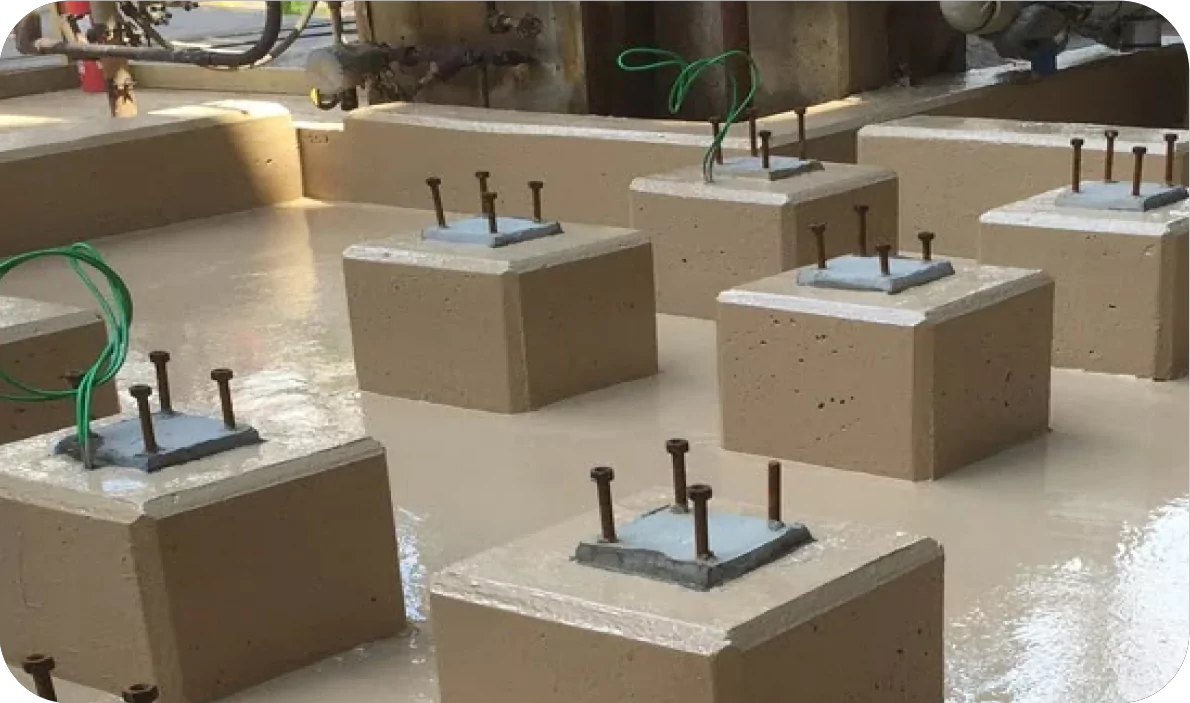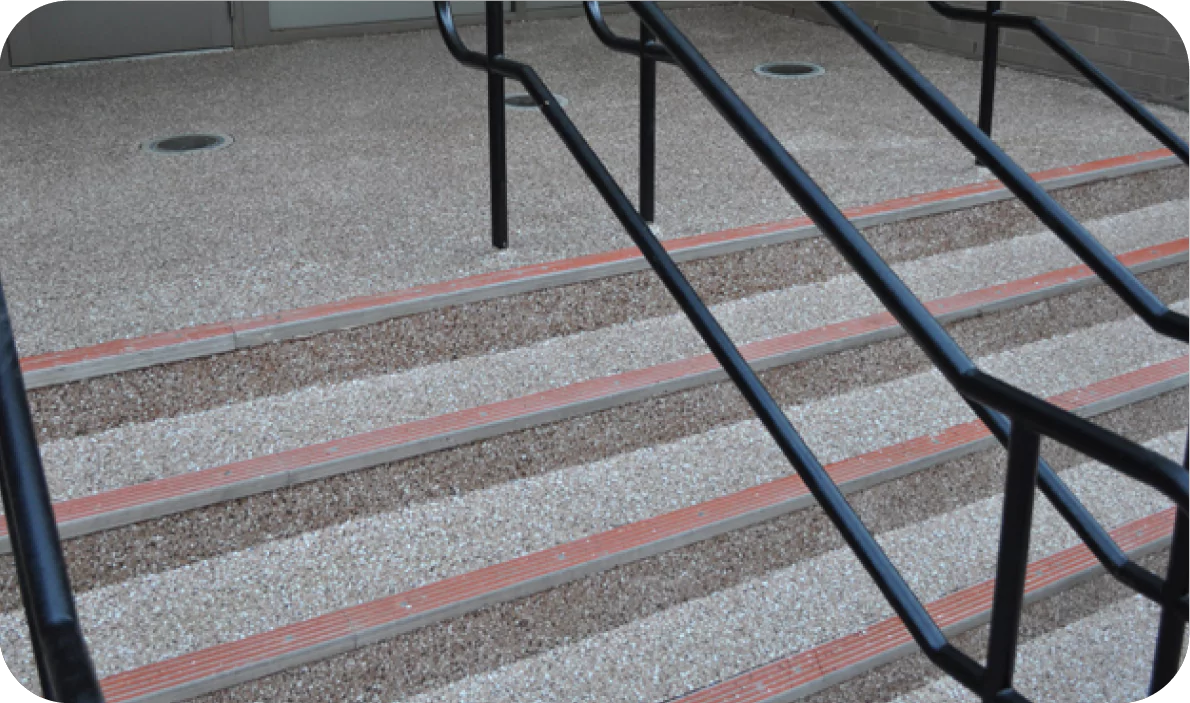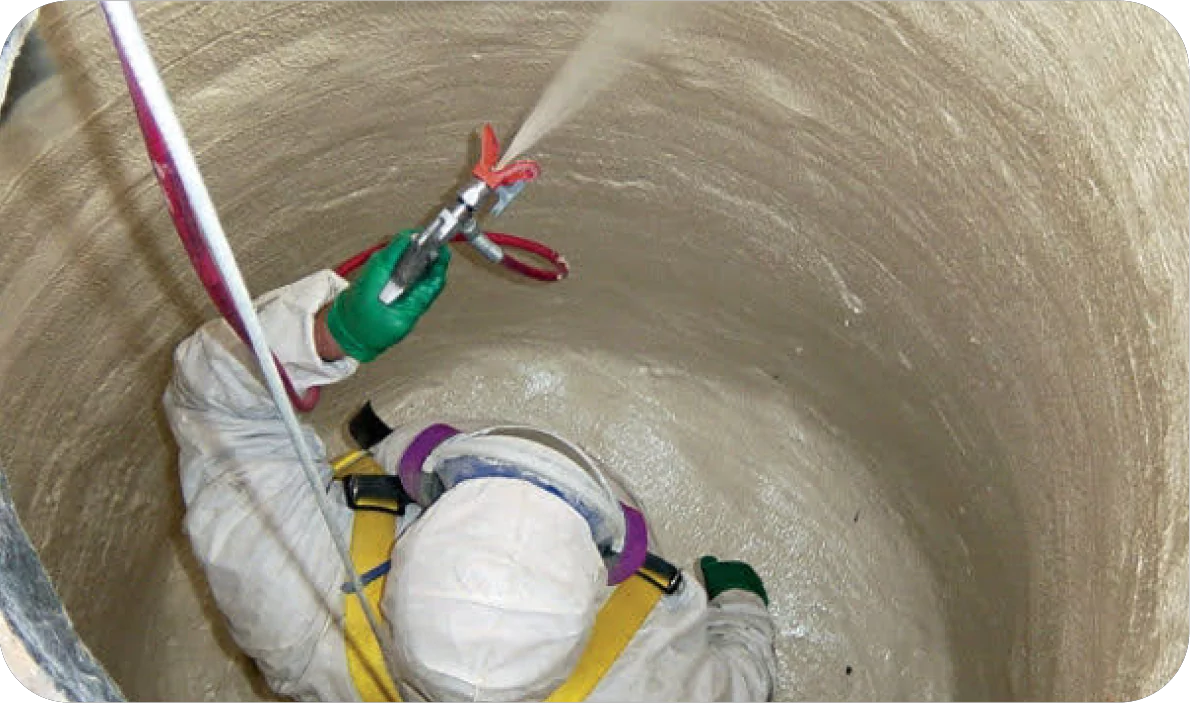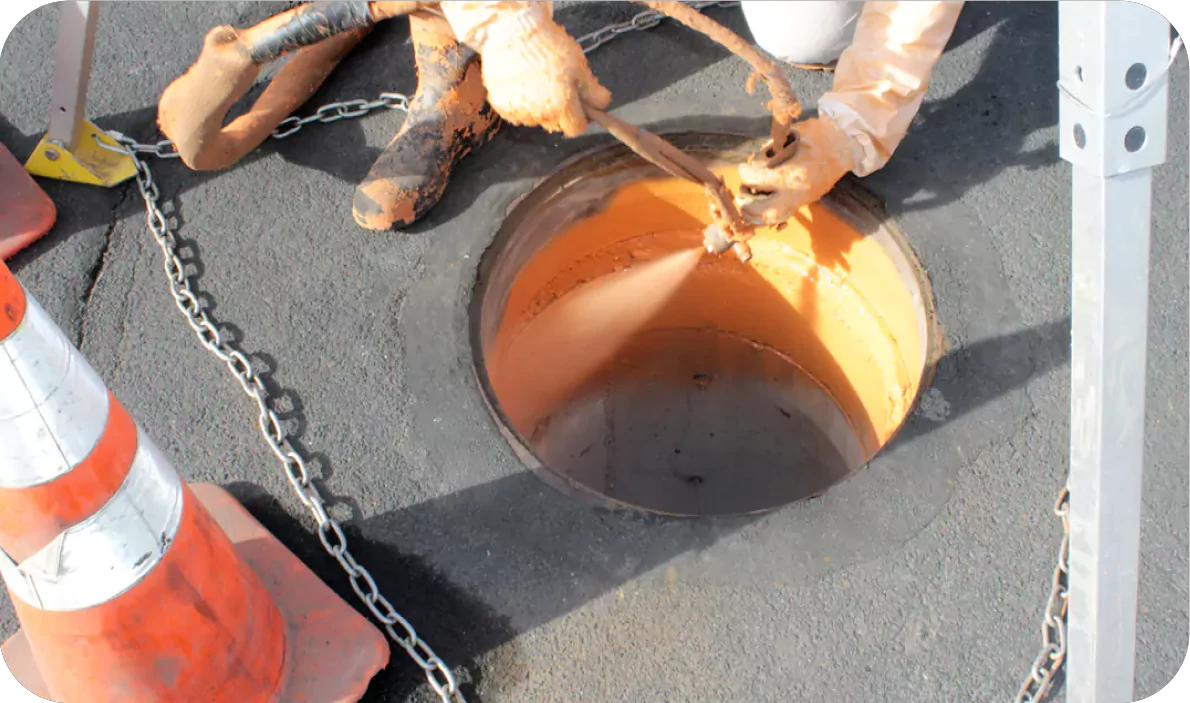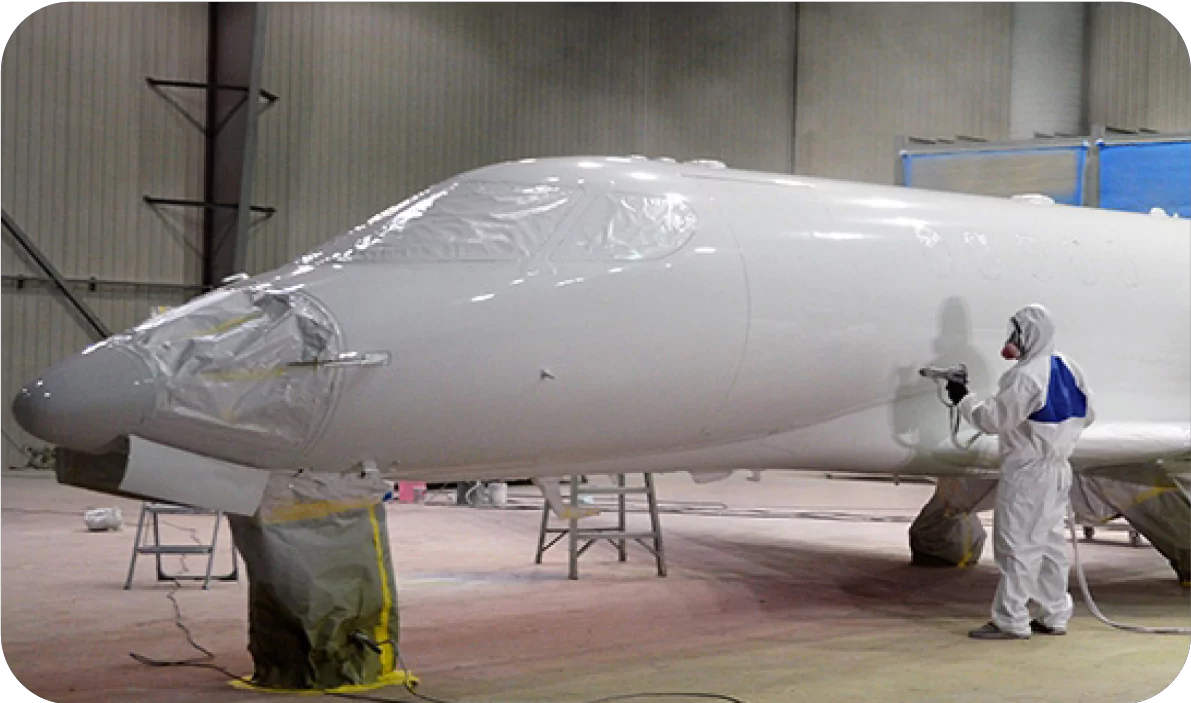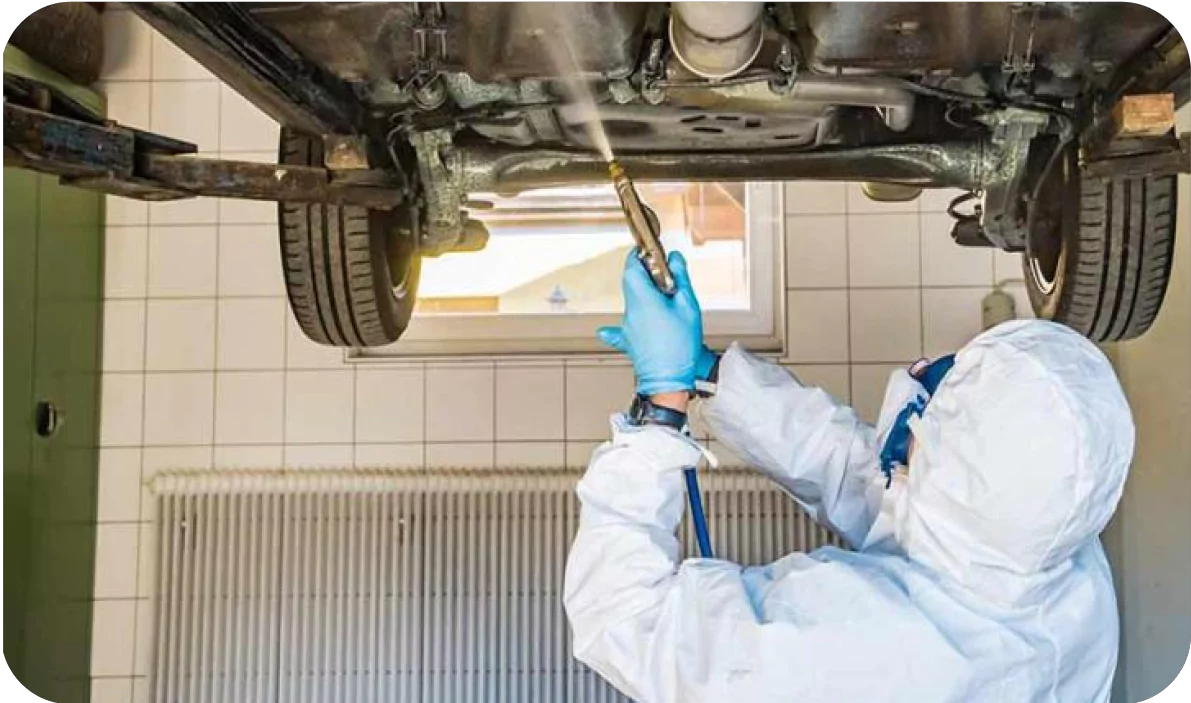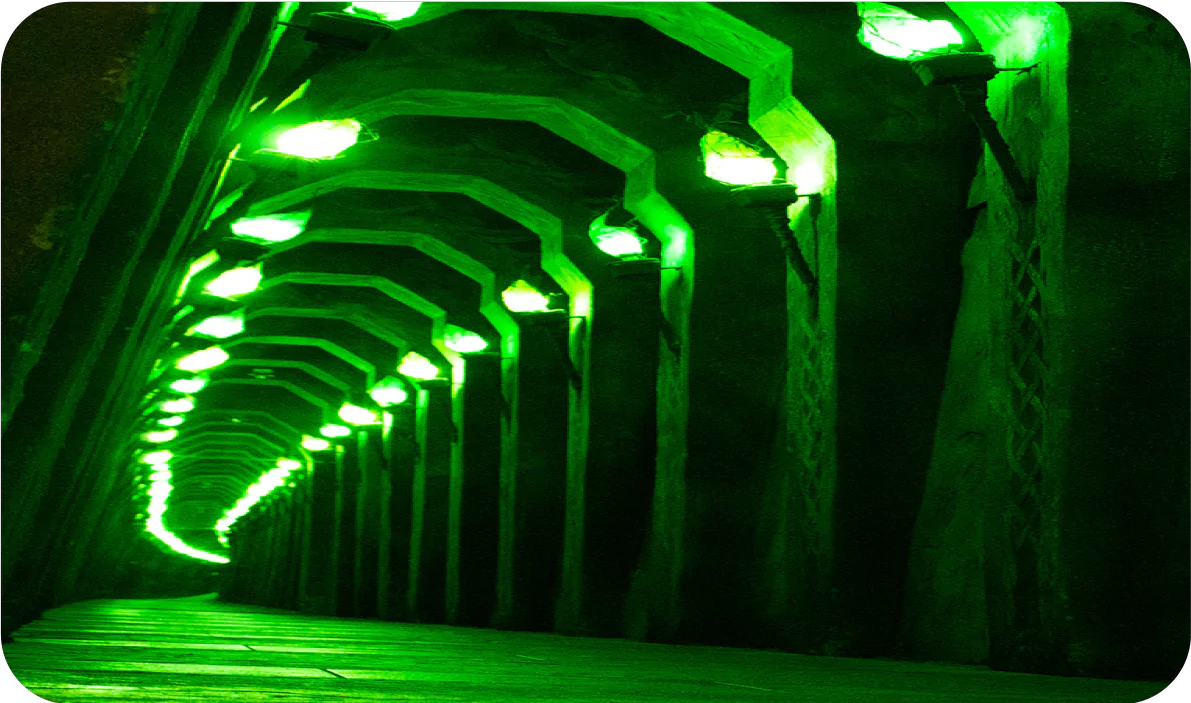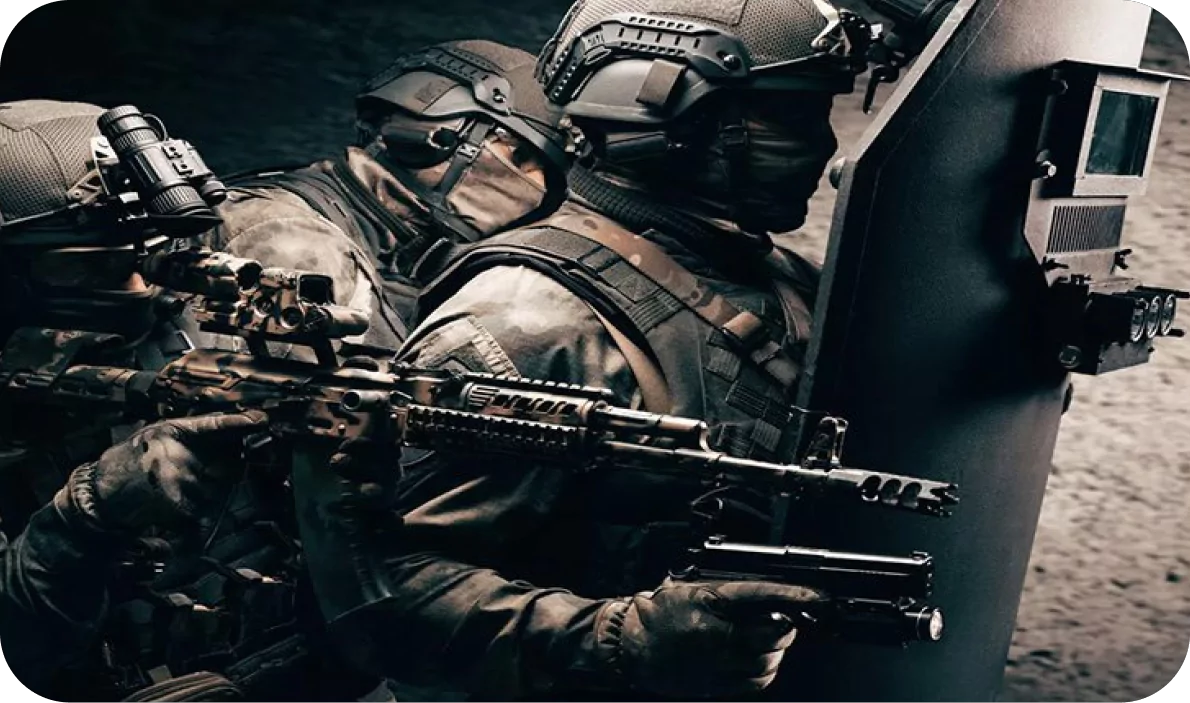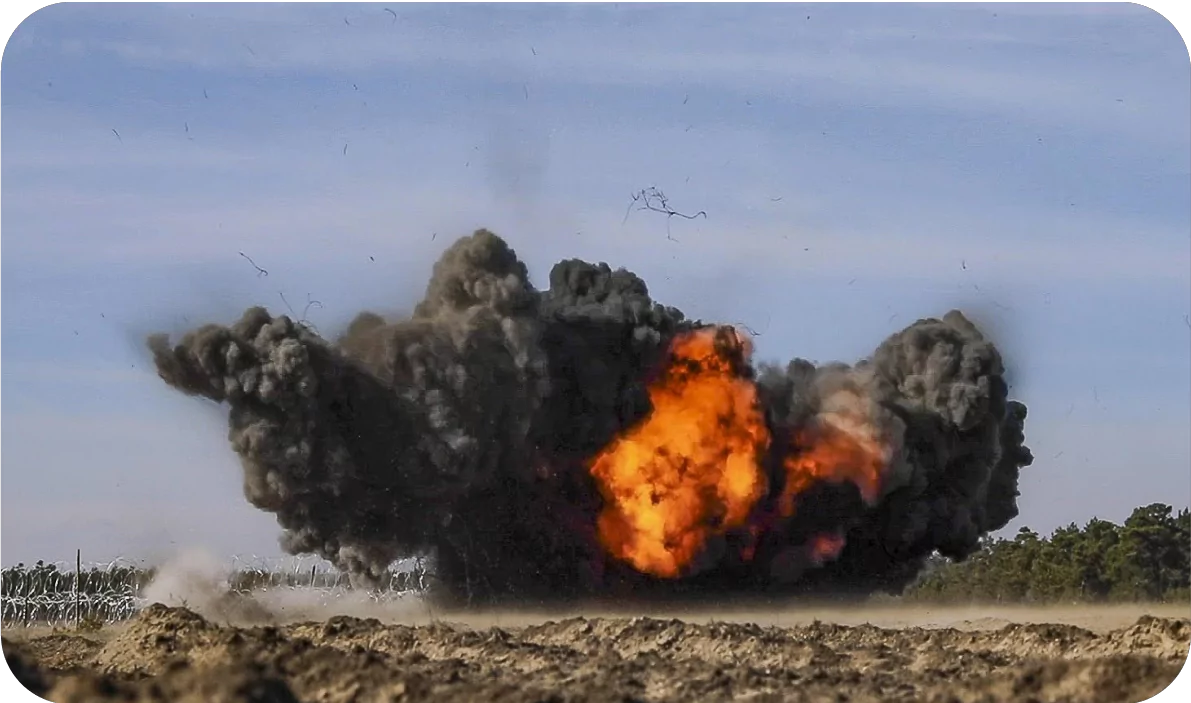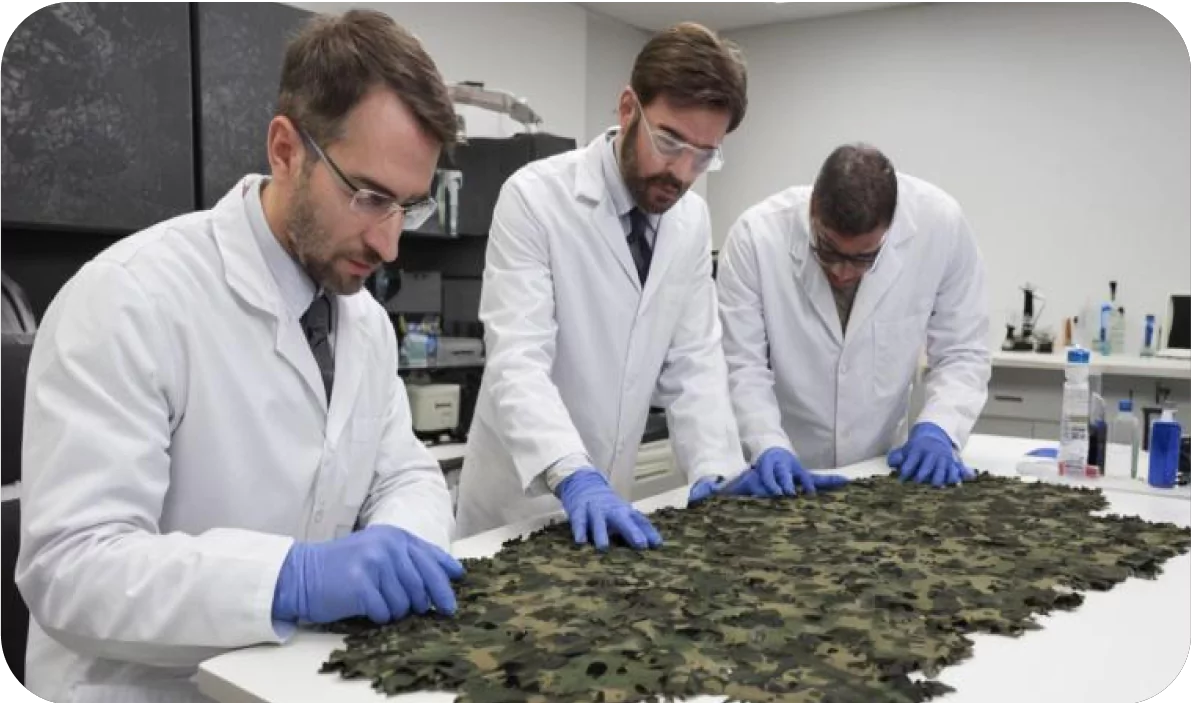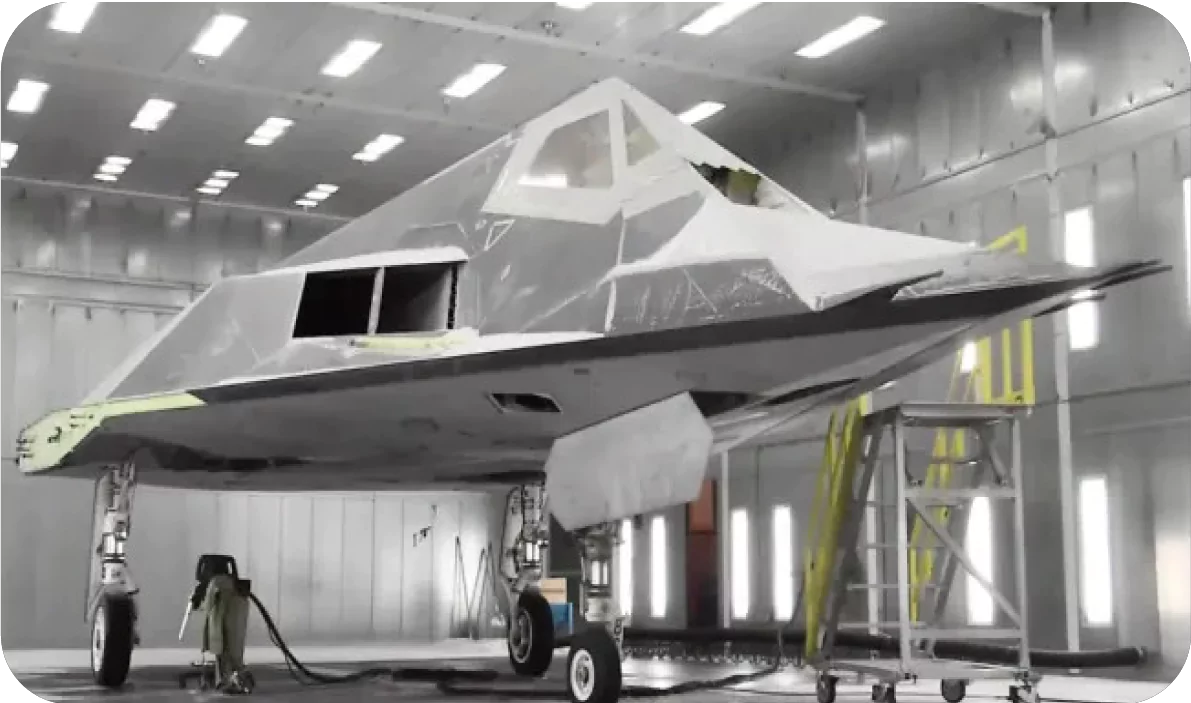BEDLINER PAINT
JOBS: WHY AND
HOW TO TRANSFORM
YOUR VEHICLE
If you own a truck, an off-road vehicle, or even a suburban daily driver, you know exactly how much wear and tear your motor vehicle can endure. A bedliner paint job is a good choice to shield your truck’s bed from scratches, dents, and harsh weather conditions. The same is true for other vehicle components or even entire vehicles! Bedliner coatings are thick protective coatings made of durable materials like polyurea and polyurethane that create a strong bond with your truck bed’s surface or other vehicle surfaces. Unlike ordinary spray paint, these professional-grade coatings provide impact resistance and a tough, textured layer that safeguards your investment for the long haul.
what is a
bedliner paint job?
A bedliner paint job involves applying a thick, durable coating to the bed of a pickup truck or to the surface of chassis, underlayments, and other vehicle surfaces. This protects coated surfaces from scratches, dents, and other damage. Unlike a standard automotive paint job (which is thin and needs a clear coat for protection), a bedliner is a single, tough layer that bonds directly to the metal (or other surface materials). These bedliner coatings can be sprayed on or rolled on, creating a rugged, textured surface that resists abrasion and creates more traction for better stability.
Originally developed to protect trucks during off-road use and heavy work, bedliner coatings now have endless applications – from covering entire off-road vehicles to marine equipment and even serving as undercoating solutions for rust prevention. With such versatility, spray-on bedliners have become an essential upgrade for many vehicle owners.
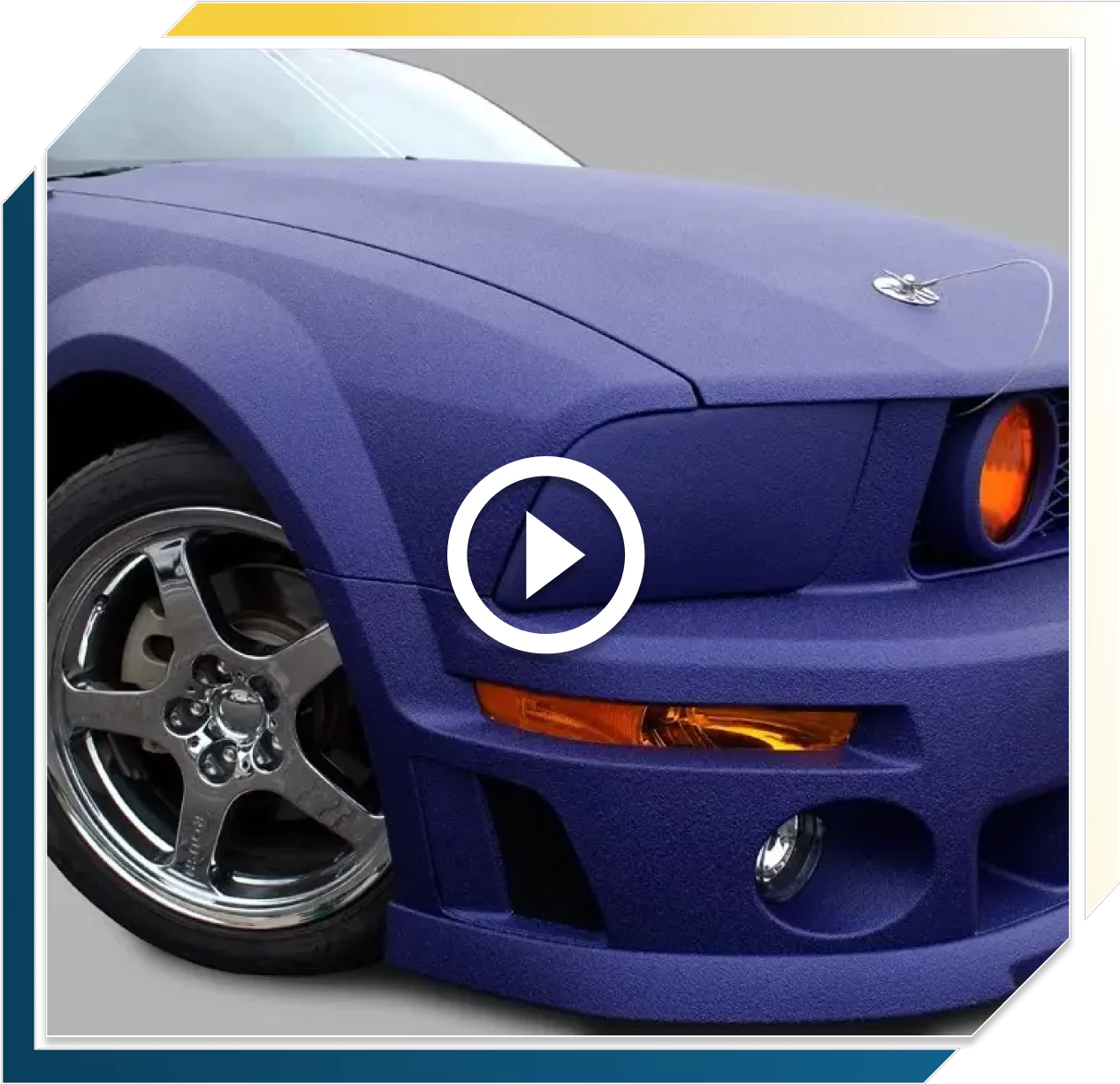
HOW TO APPLY A BEDLINER PAINT COATING
Applying a bedliner coating requires careful preparation and the right tools. There are many different products on the market – from a simple truck bedliner kit for DIY users to plural component spray-on systems for professionals – but most follow similar steps. Whether you use a kit at home or go to a shop, always consult the product’s safety data sheet and follow the instructions. Here are the general steps for a typical bedliner application:
- Prep & Safety: Remove any existing liner and clean the surface thoroughly. Sand or scuff the paint to help the coating adhere (for a strong bond). You can use masking tape to protect untreated areas during application. Wear protective gear and work in a well-ventilated area (fumes can be strong). Check the product’s safety data sheet for any special precautions.
- Apply the First Coat: Mix the bedliner components as instructed (if applicable). Using the spray gun or roller, apply the first coat evenly across the surface. Take care not to overspray onto masked areas.
- Add Coats for Thickness: Let the first coat dry as directed, then apply a second coat (and a third if needed) to reach the recommended thickness. As a guideline, about one gallon of material covers enough for a single truck bed, so several gallons may be needed for full-vehicle coverage.
- Cure and Touch Up: Allow the liner to cure fully (usually 24-48 hours) before heavy use. Once cured, inspect for any thin spots and touch up as needed by adding a bit more coating.
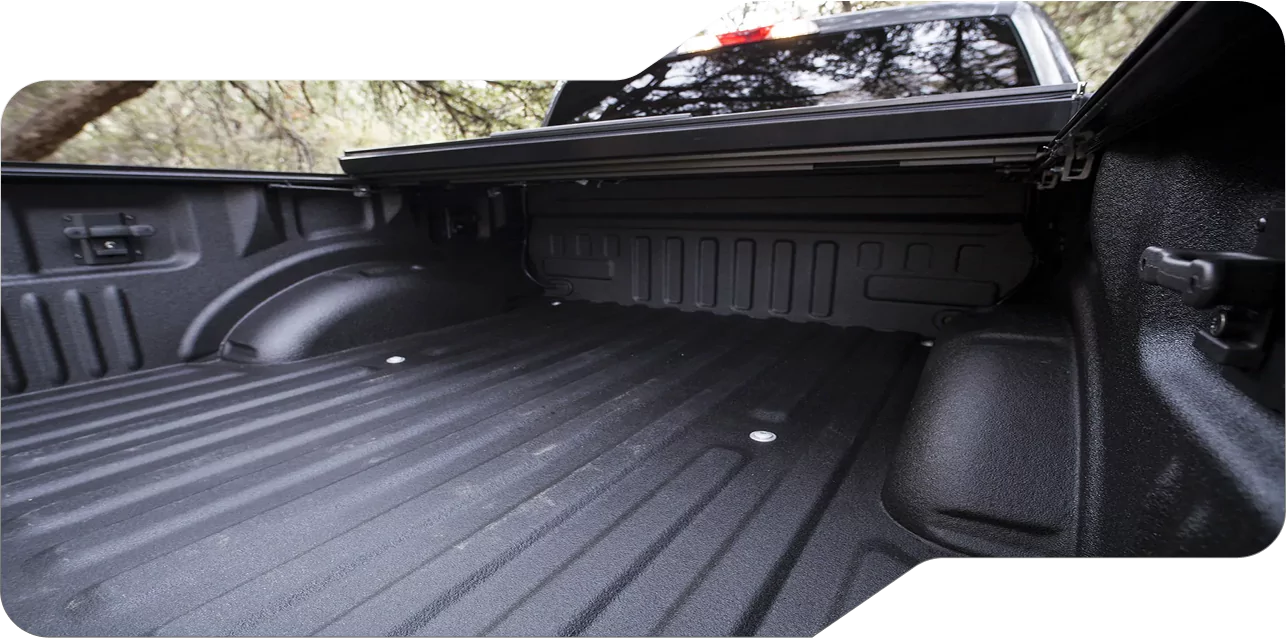
MATERIALS: POLYUREA & POLYURETHANE COATINGS
Bedliner coatings are typically made from either polyurea or polyurethane (or a hybrid of both). Polyurea is extremely quick-drying and forms a seamless, waterproof shell with outstanding impact resistance. Polyurethane cures a bit slower and is slightly more flexible, giving a rubberized texture that helps absorb impacts. Both materials offer excellent adhesion to properly maintained surfaces, creating a long-lasting, professional-grade vehicle coating that is far more durable than ordinary paint.
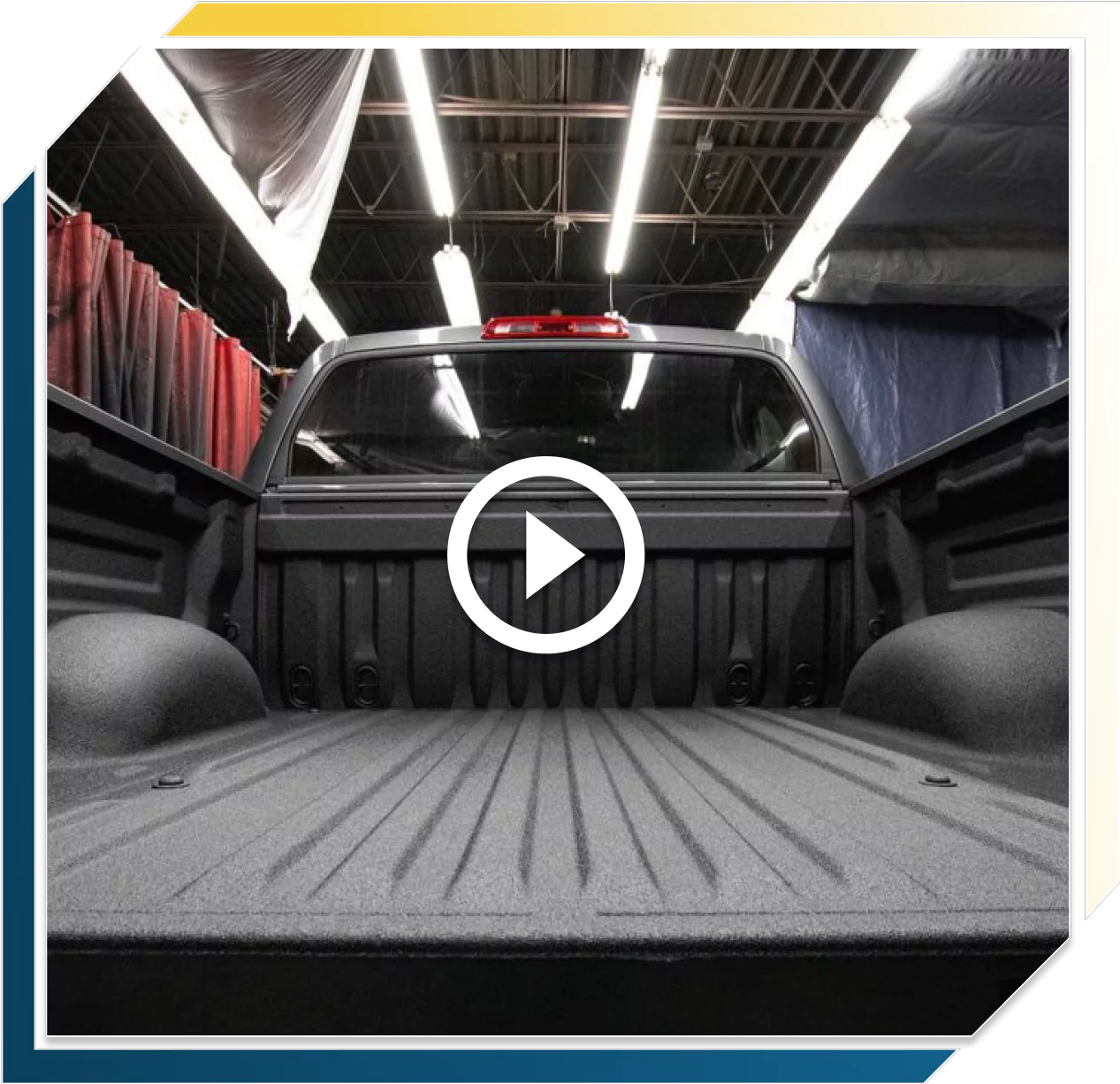
BENEFITS OF A SPRAY ON BEDLINER
Investing in a truck bedliner paint application offers numerous benefits. Here are some key advantages that make bedliner coatings a good choice for protecting your truck:
Physical Strength: The bedliner forms a tough barrier that shields the bed from scratches and dents. It absorbs impacts from humans, animals, foliage, airborne abrasives, and shifting cargo.
Corrosion & Weather Resistance: Quality coatings seal out water to prevent rust, and they tolerate extreme temperatures without cracking or peeling.
Chemical Resistance: Polyurea/Polyurethane liners resist gasoline, oil, and solvents. Spills clean up easily and won’t harm the coating.
Non-Slip Texture: The special texture of a bedliner provides grip so cargo doesn’t slide around in transit and passengers don’t fall on entering or exiting the vehicle.
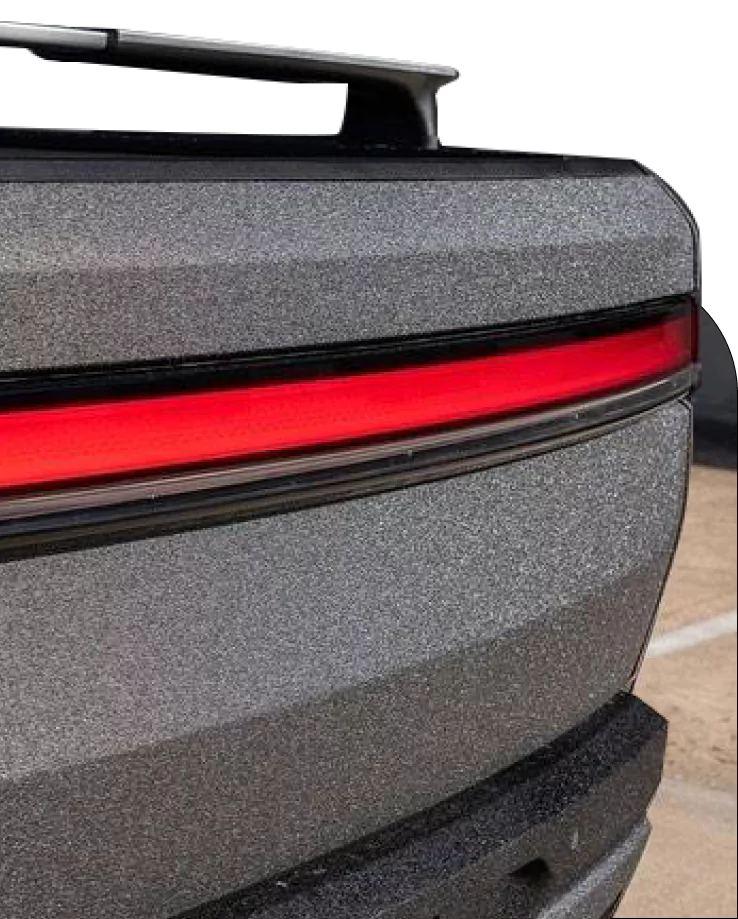
DIY KITS VS PROFESSIONAL APPLICATIONS
DIY Application: Many all-in-one truck bedliner kits – whether a spray-on bedliner kit or a roll-on kit – are available at an affordable price (often around a few hundred dollars for a complete kit, or even less on sale price during promotions). A DIY coating kit is a good choice if you have the space and patience to do it properly. It can yield a decent protective layer with good resistance to wear. However, DIY results may not achieve the perfectly uniform texture or maximum durability of a professional job.
Professional Application: Having a body shop or specialized dealer spray the liner will give the most durable, even finish. Professionals use high-pressure equipment and professional-grade materials to achieve a thick coat with excellent adhesion. A pro job costs more (the regular price can run to several hundred dollars), but you’re paying for expert technique and often a warranty. The result is a premium automotive truck bed coating that looks uniform and is built to last.
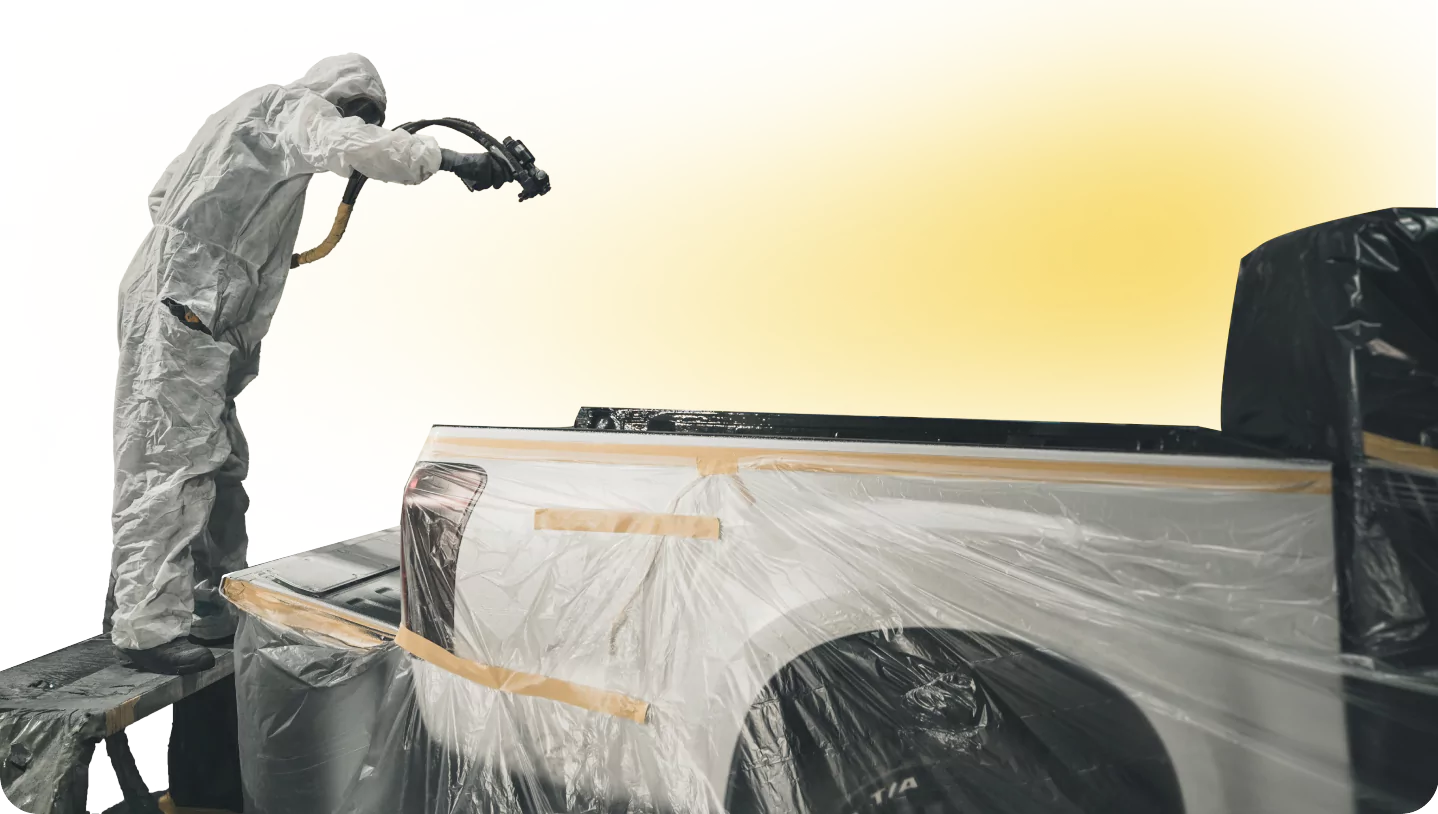
ARMORTHANE HAS GLOBAL EXPERTISE
AND FULL SERVICE RESOURCES
ArmorThane is a global leader in the bedliner industry, providing top-quality polyurea and polyurethane coatings across the United States and beyond. We serve a network of applicators worldwide and act as a resource center for both vehicle owners and professionals. We regularly share knowledge through new posts on application techniques, safety guidelines, undercoating solutions, and new products, just to name a few. ArmorThane also offers training and certification for aspiring applicators so that they too can apply bedliners correctly and with the right equipment and methods. Our product line includes different types of coatings to match your various needs. Whether you require a fast-curing polyurea or a more flexible polyurethane, we have a solution. Every formula is designed for excellent adhesion, durability, and a tough finish. Coatings come in many colors, so you can even choose custom options like brick-red or forest-green to suit your style.
A bedliner paint job is one of the best upgrades for anyone who uses their vehicle for work or play. It adds a tough, professional-grade shield to your vehicle that can take a beating from cargo, tools, and the elements. You can apply it yourself or rely on a pro, and ArmorThane is committed to helping you get the desired result for a surface that will last for years. With our training, support, and high-quality bedliner products (available at an affordable price), both vehicle owners and professionals can tackle bedliner projects with confidence. If you’re considering a bedliner for your car, truck, or off-road vehicle, use our guide as your starting point and connect with us to learn more. We’re behind you, and you’re on the right track – good luck, and we will speak with you soon!
FAQ FREQUENTLY ASKED QUESTIONS
Bedliner paint jobs are for anyone looking for full vehicle protection or a unique way to make their vehicle stand out. They coat vehicle exteriors in a protective layer of durable polymer materials like polyurea and polyurethane, which can help significantly reduce weathering and abrasion. They come in a variety of colors and finishes that have made them a popular alternative to vinyl wraps or traditional acrylic paints that can be easily damaged or degraded.
“Bedliner paint” is what’s often used to refer to coatings materials applied in a bedliner paint job. Bedliner paint is made with robust technologies like polyurea and polyurethane, which can create durable coatings to resist weathering and abrasion. Like other types of paint, bedliner paint can be formulated in different colors and finishes that protect your car or truck in style.
The cost of a bedliner paint job depends on many different factors including the vehicle’s size, the type of bedliner paint, and the steps taken to prepare the vehicle for application. They’re typically a cheaper and more functional alternative to many vinyl wraps or traditional acrylic paint jobs, and can cost anywhere from a few hundred dollars to several thousand dollars.
Crazing refers to the formation of small cracks in the surface of the coating due to shrinkage after application. Micro-fracturing involves deeper cracks caused by increased coating stress due to the expansion or contraction of substrate materials beneath it.
The best way to prevent polyurea coatings from cracking is to prepare them carefully before application and properly cure afterward. For example, make sure that all surfaces are clear from dirt, dust, grease, oil stains, etc., before applying the coating, as these can cause adhesion failure, which could lead to cracking down the line. Also, be aware that some substrates are prone to absorption when wetted: if dampness has occurred from snow melt or rainfall, for example, then additional time should be taken for adequate drying before application so as not to risk shrinkage during cure time later on, which could again result in craze cracking over time. Finally, ensure that you follow your manufacturer’s instructions and adhere strictly to their recommended drying times for optimal performance; any deviations here will also strain your polyurea.
With proper application and care, an ArmorThane bedliner coating often lasts for the lifetime of your vehicle. Our polyurea coatings are very tough, resisting wear and tear from everyday use, harsh weather, and chemicals, so they maintain their protective properties and appearance for decades.
Bedliner paint coatings aren't limited to truck beds—they can protect virtually any vehicle surface. Many customers use these our coatings for full-body applications, bumpers, fenders, off-road accessories, trailers, RVs, and even marine equipment due to their exceptional durability and versatility.
Yes, ArmorThane can provide multiple textures and a variety of color options to match your style or vehicle aesthetic. From subtle, smoother finishes to more aggressive, rugged textures, you can customize your coating to perfectly suit your needs. Keep in mind that each ArmorThane applicator is independently owned and operated so you will need to double check with them before bringing your vehicle in.

